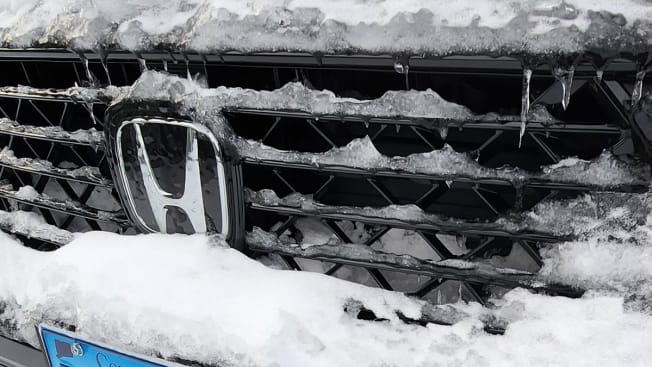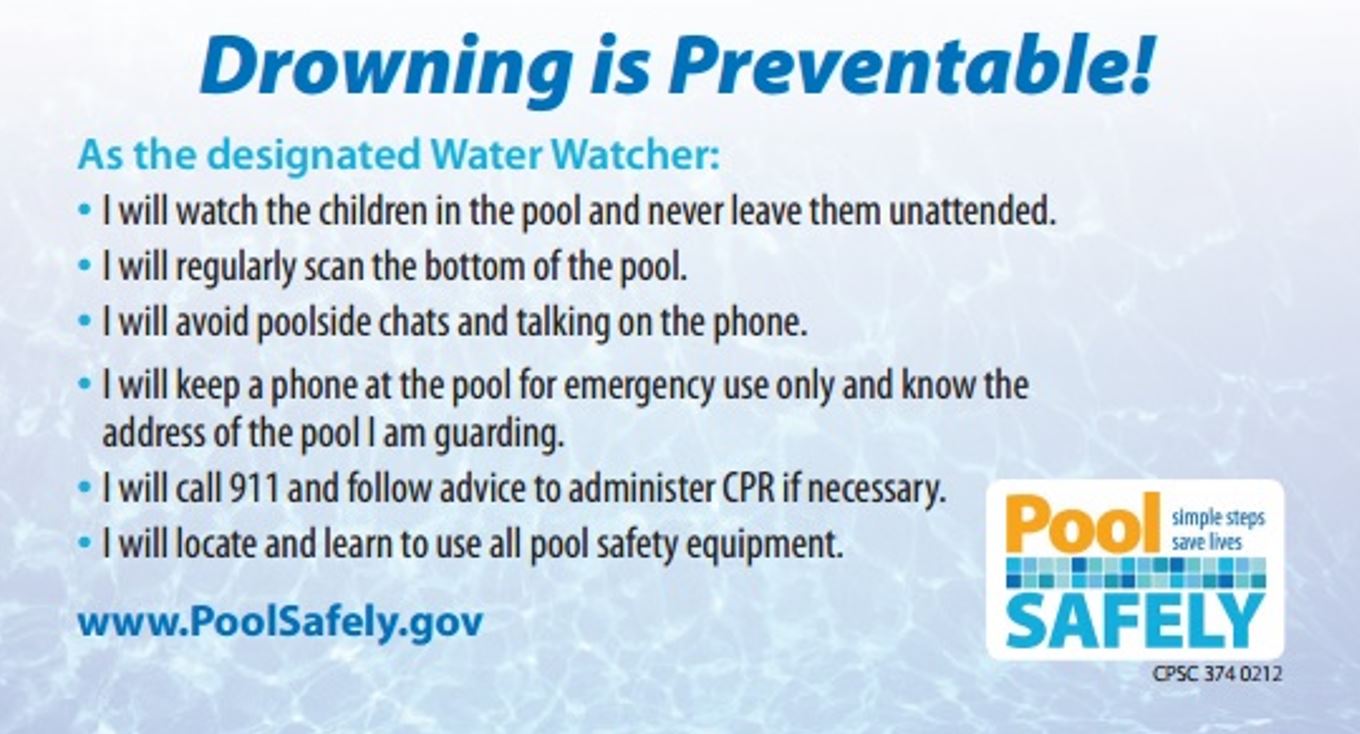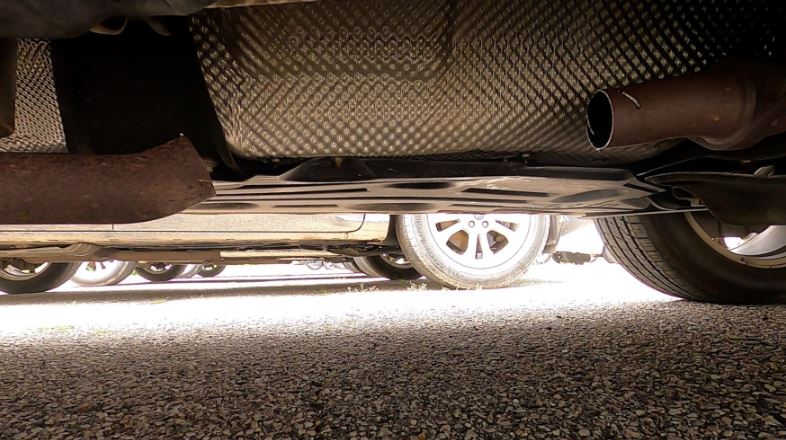
Date: 04/15/2025
Date: 04/01/2025
Date: 03/25/2025
Date: 03/19/2025
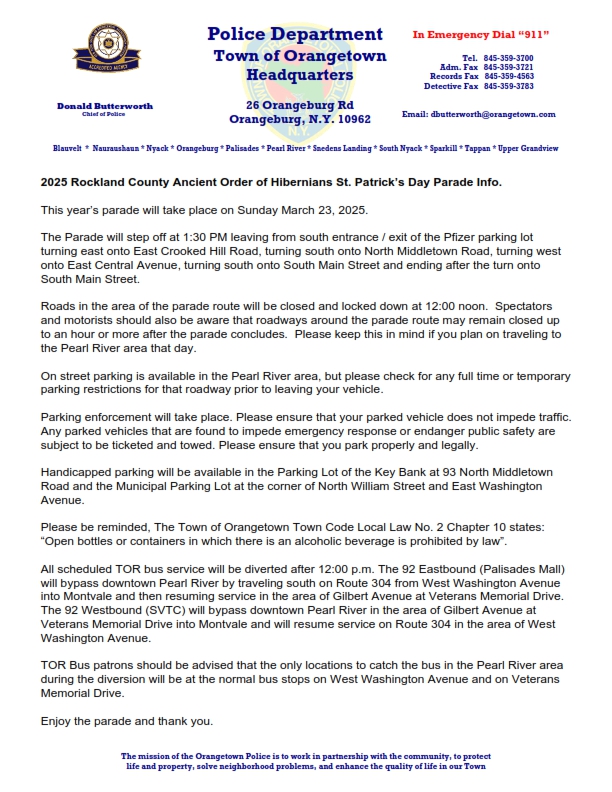
Date: 03/14/2025
Recognizing a phone scam
Anatomy of a scam
Regardless of whether the scams are targeted or random, they almost always have the same makeup:
- a distracting hook: Scammers don’t want you to think about whether the details make sense, so they use a hook to play on your emotions: greed, fear, love.
- a con artist who seems trustworthy: They pretend to be a relative, a government official, or an expert of some kind, someone who knows something you need.
- a deadline: You must act now! If not, bad things will happen or you’ll lose out on a once-in-a-lifetime opportunity.
How it works
A caller may claim:
- to be from a government agency and that you will be arrested or deported unless you comply
- you’ve won a sweepstakes, but you must pay the taxes up front
- to be your grandchild in trouble and needs you to help them out
- to be holding a loved one hostage or to have incriminating information about you
The caller demands that money be sent to them in an untraceable way: through gift cards and prepaid debit cards or wire services. If you don’t comply within a narrow amount of time, bad things will happen: you will be arrested, your loved one will be hurt, or you can be deported.
Sometimes callers are also interested in your personal and financial information. They may claim to need your Social Security, banking, or green card numbers in order to directly deposit money or to verify your identity. This is always an attempt to steal your identity.
How to stay safe
Never give your personal or financial information to someone who calls you. Think of the phone as a “one-way street:” Only give out personal information if you made the call. Be sure to independently verify that the phone number is legitimate.
Don’t engage the caller. Scammers can manipulate caller ID so that it appears to be an “official” call or a call from your city or town. Only answer calls when you recognize the number. If you do answer, just hang up if it seems like a scam. Consider using a call blocking app such as Nomorobo.
Government agencies usually reach out to you in writing. A government agency will not call you and threaten your arrest or demand payment.
Remember, a demand by a stranger for payment through wire services or gift cards is a sure sign that it’s a scam.
What if you don’t know?
If you are concerned that the call is legitimate, try to verify the information independently:
- If a loved one is threatened, call that relative at the numbers you know,
- Look up the official contact information for government agencies to verify the caller’s information. Don’t use the numbers they provide.
- Remember, strangers asking for your personal information, and asking for money to be wired or provided through gift cards or cash, will always be a scam.
Date: 03/07/2025

BEWARE: EZPASS SCAMS
Consumers have reported receiving SMS text messages attempting to collect tolls. These fake texts are often sent from an international number and request the consumer to reply with “Y” to receive a link and contain an unofficial website. Consumers should be aware that E-ZPass or Tolls by Mail will never send a text or email requesting sensitive personal information such as credit card, birthday, Social Security number or other personally identifiable information.
If you are unsure about a message you received, call E-ZPass directly at 1-800-333-8655 or Tolls by Mail at 1-844-826-8400. You may also directly access the official websites from your browser at: EZPassNY.com and TollsByMailNY.com.
If you receive a fraudulent or suspicious SMS text message of any kind and have questions, you can contact the New York Department of State’s Division of Consumer Protection Consumer Assistance Helpline at 1-800-697-1220, Monday to Friday from 8:30am to 4:30pm; excluding State Holidays. Consumer fraud complaints may also be filed at any time with the Federal Trade Commission at reportfraud.ftc.gov.
Date: 02/24/2025

BEWARE: PHISHING SCAMS
Phishing scams deceive people into giving away sensitive information by pretending to be legitimate organizations or businesses. Scammers use fake emails, text messages, or websites that mimic real ones, urging quick action through links or attachments. The data stolen through phishing is often used for identity theft or financial fraud. To protect yourself, verify the authenticity of unexpected messages, avoid suspicious links, and use strong and unique passwords.
RED FLAGS
These are common signs that you may be facing these types of scams:
Bank Impersonation Fraud
• You receive a text message, phone call, or email indicating that your account information has been compromised. They may ask for personal information like usernames, passwords, PINs, and Social Security Numbers to “secure” your account. They may also ask you to transfer funds using a P2P payment app, like Cash App, PayPal, Venmo, or Zelle.
• Banks will never contact you and ask you to share sensitive personal information over the phone, via text message, or email. They will never ask you to transfer money to anyone, including yourself, or ask you to provide personal information to obtain a refund or issue a correction.
Debt Collection Fraud
• The person calling you says you will go to jail if you don’t pay the debt they are describing. It is illegal for debt collectors to threaten to have someone arrested for not paying their debts.
• The person calling will not tell you to whom you owe money. Legitimate debt collectors will always tell you who the creditor is, even if you don’t ask them.
• Legitimate debt collectors provide ample time to pay off your debt and will work with you. Scammers will pressure you to pay while they have you on the phone.
Date: 02/18/2025

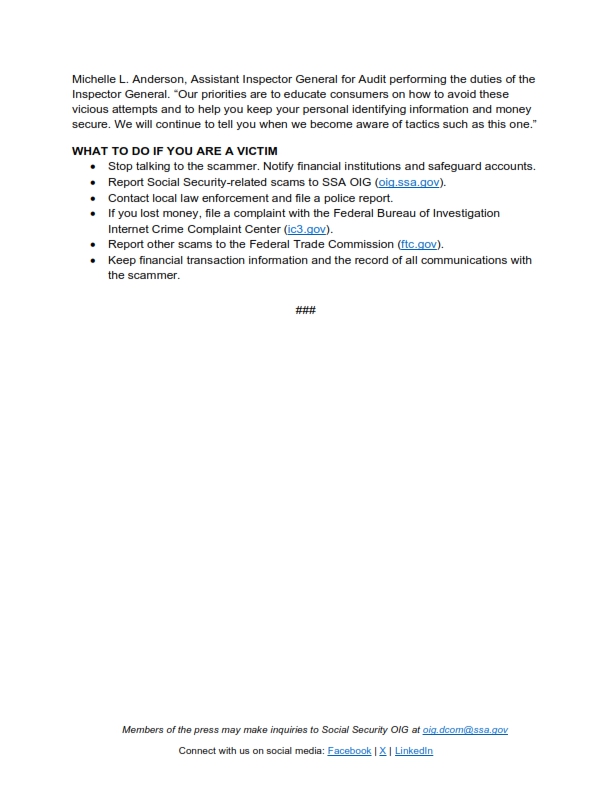
Date: 02/05/2025
Date: 01/15/2025
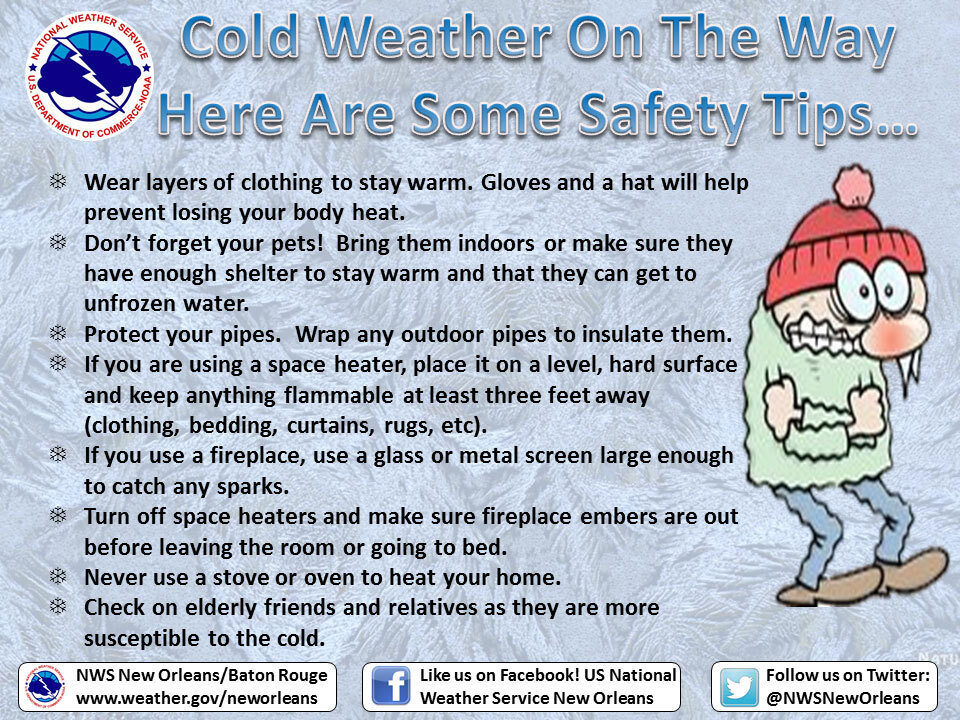
Date: 01/07/2025
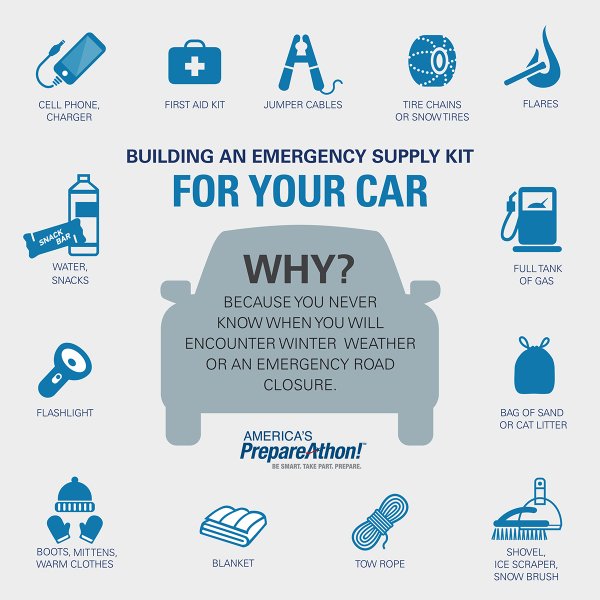
- a snow shovel, broom, and ice scraper;
- abrasive material (sand or kitty litter), in case your vehicle gets stuck in the snow or ice;
- jumper cables, flashlight, and warning devices (flares and emergency markers);
- first aid kit, including tourniquet;
- blankets for protection from the cold; and
- a cell phone and charger, water, food, and any necessary medicine.
Date: 12/31/2024

Have a plan to get home safe this New Year’s eve. Below are some thoughts on how to celebrate safely tonight and get home to thrive in 2025
Going out?
If you are headed out to a party, it’s important to be responsible and avoid drinking and driving. Not only do you risk your life, you risk the lives of those around you (or around your car).
Have a designated driver
Always a wise choice, have someone in your group stay sober. Make sure you pick someone who is responsible and can get everyone home safely.
Take a taxi
It may cost a bit more, but that’s nothing compared to the cost of a life, for what could equal the value of a human soul? If you’re feeling a little woozy or are afraid your judgment might be impaired, call a taxi and make sure you get home safely.
Stay over
If you aren’t confident in your driving skills–confident enough to bet your life on your ability to drive–then ask your friend if you can crash on his (or her) couch for the night.
Give your keys to the host
If you’re afraid you might get too drunk to drive safely, ask the party’s host if he (or she) can keep hold of your keys unless he (or she) believes you are sober enough to drive home.
How much is too much?
Frequent drinkers believe they can “handle” their liquor. But, the truth is, most metabolisms need a full hour to properly digest a glass of alcohol. A standard “glass” is usually classified as 12 ounces of beer, 5 ounces of wine, or 1.5 ounces of distilled spirits. If you drink more than this in an hour, you should wait before getting behind the wheel.
DUI or DWI
A DUI (driving under the influence) or DWI (driving while intoxicated) can earn you jail time, a license suspension, and large fees. Driving while drunk could cause a collision, which may increase your insurance. It could also kill someone, which can result in vehicle-manslaughter charges, a second degree murder charge.
Driving drunk is not worth these risks. You may have the mentality that you won’t “get caught” driving drunk, but it’s not about getting caught. It’s about protecting your life, your passengers’ lives, and the lives of those sharing the road with you.
Date: 12/30/2024
Suspicious Incident: On 122724 at approximately 630pm the Orangetown Police Department responded to Spencer Court in Orangeburg on a report of two males dressed in dark clothing wearing face masks checking the front and rear doors of a residence. Owner of the residence observed said males on her ring camera and contacted the police. No entry or damage to the residence. It appears the males left the area in a dark colored small SUV type vehicle. Anyone who has camera footage of said incident is asked to contact the Orangetown Police Detective Bureau at 845-359-3700
Date: 12/19/2024
Last year we had a number of reported thefts of holiday cards from recycling bins and garbage cans. Residents who plan on leaving out holiday cards for the hard-working people who deliver our mail, or collect our trash and/or recycling should consider another way to spread your holiday cheer. If you are looking to give a gift you may want to deliver the gift personally, or mail the gift to the intended recipient.
Date: 12/18/2024
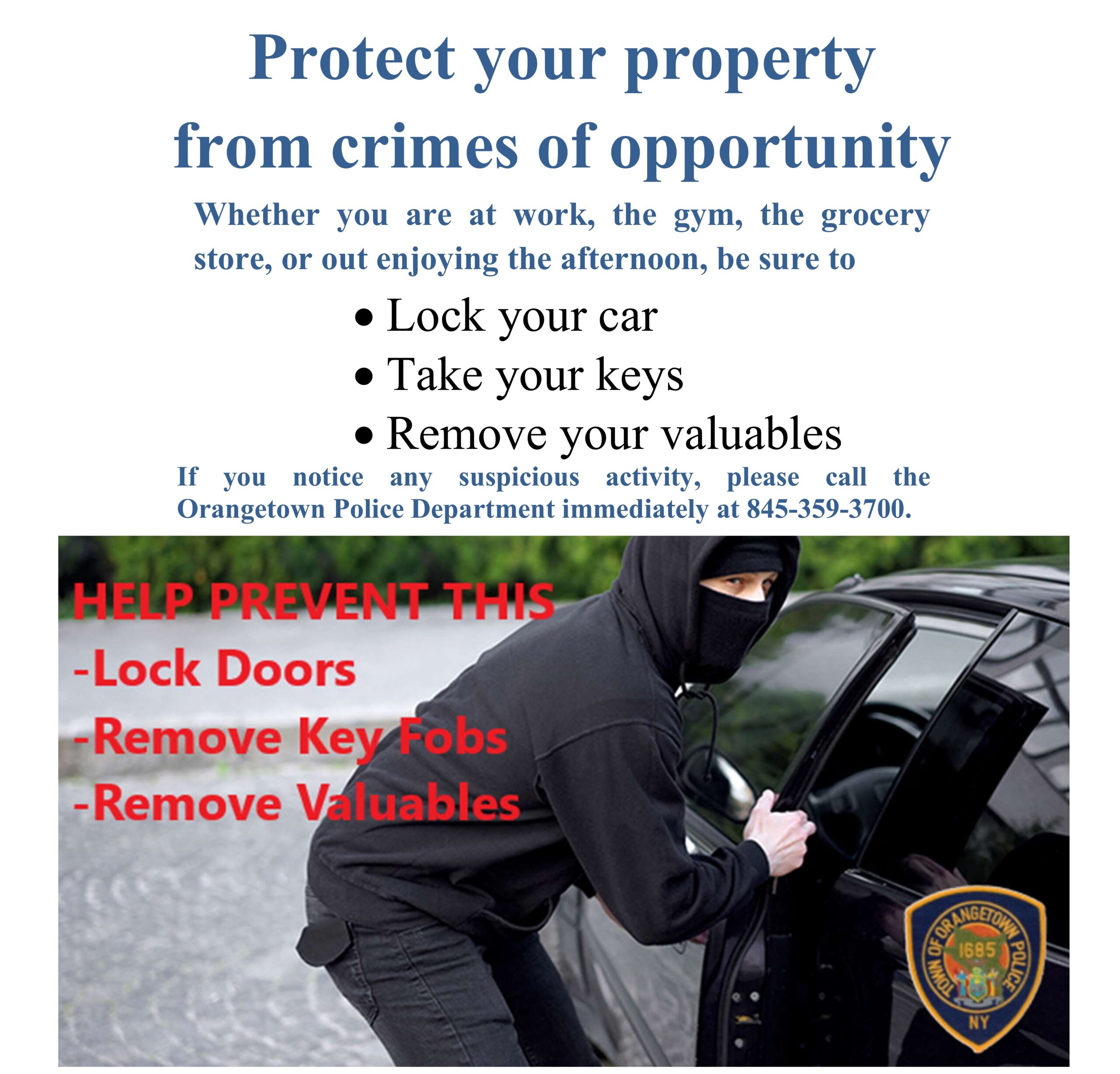
Public Service Announcement In the past few days, the Orangetown Police Department has taken various reports of burglaries, larcenies and attempted larcenies at locations in the Town including Pearl River, Orangeburg, Tappan and Blauvelt. These incidents have primarily occurred in the overnight hours, when most residents are asleep. If you have any type of home surveillance system, we ask that you review your footage. If you notice any suspicious persons or vehicles on or near your property, please report the information to the Orangetown Police Department at 845-359-3700. Here are a few tips to help keep our neighborhood safe. Lock all doors and windows to your home: Remember to lock the doors and windows to your home before going to sleep. Package Deliveries: Remove packages from your front steps in a timely manner. If you are tracking your packages being delivered to your home, consider asking a friend or family member to secure the package for you. Packages left in front of a home are a tempting target for thieves. Lock your car doors: Don’t forget to lock your car doors every time you leave your vehicle, even if it’s for a quick errand. Locking up helps prevent opportunistic thieves from targeting your belongings. Remove Key Fobs: We know it’s convenient, but leaving your key fobs inside the car is like giving thieves a free pass to drive away with your vehicle. Always take your key fobs with you and store them in a safe place in your home. We’re Here to Help: If you ever notice any suspicious activity in the neighborhood call the police right away. Be the best witness you can be by providing information on the location, what makes the behavior suspicious, a description of the person(s) or vehicle(s), and a last known direction of travel if the person(s) have left the area. Please follows the Orangetown Police Department on X for future information
Date: 12/18/2024
Please follow us on “X” https://x.com/OrangetownPD
Date: 12/13/2024
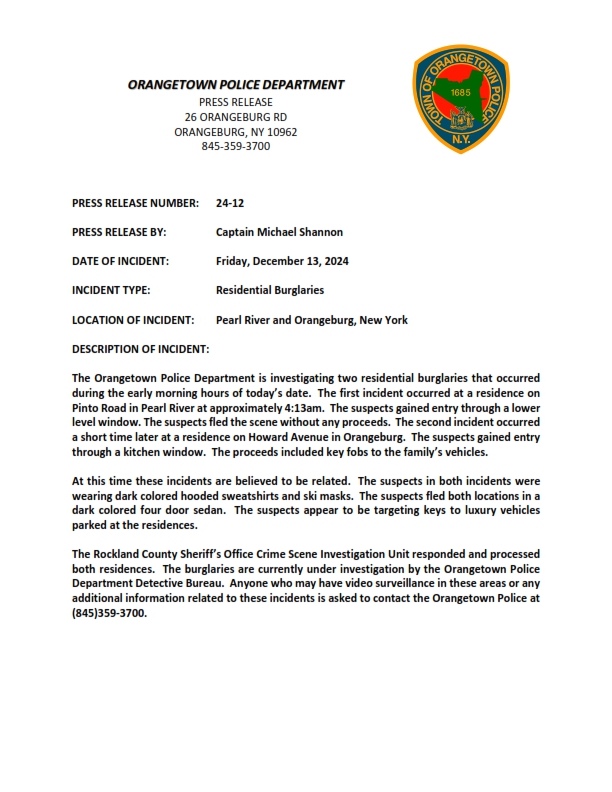
Date: 12/01/2024
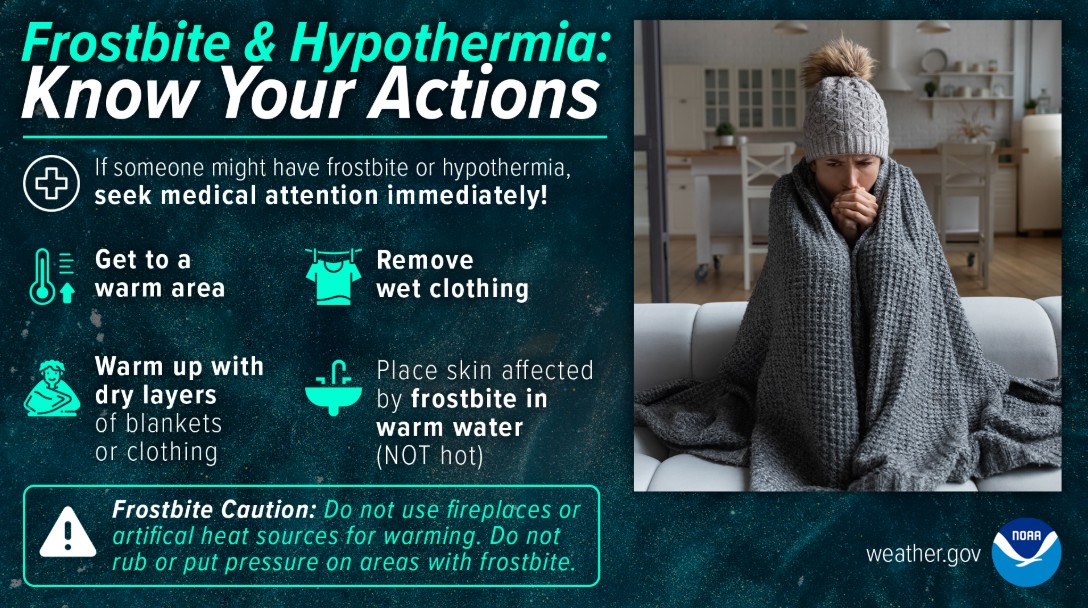
If you or someone you care about must venture outdoors during extreme cold this winter, dress in layers. Cover exposed skin to reduce your risk of frostbite or hypothermia. Try to seek shelter from the wind as much as possible while outside. Once inside again, change into dry clothing immediately if you are wet. Watch for frostbite and hypothermia, and take immediate action upon the first detection of either.
Frostbite can happen in minutes, especially on the extremities such as fingers, toes, nose and ears, but can affect any area of exposed skin. If you suspect frostbite, immediately move inside to a heated location and begin warming the affected areas using warm water or body heat. Do not use hot water or radiant heat such as a fireplace since affected areas can be easily burned. Seek medical attention for severe frostbite.
Frostbite happens when the body’s survival mechanisms kick in during extremely cold weather. To protect the vital inner organs, the body cuts circulation to your extremities: feet, hands, nose, etc., which eventually freeze. To avoid frostbite, stay inside during severe cold, especially when the windchill is -50°F or below. If you must go out, try to cover every part of your body: ears, nose, toes and fingers, etc. Mittens are better than gloves. Keep your skin dry. Stay out of the wind when possible. Drink plenty of fluids since hydration increases the blood’s volume, which helps prevent frostbite. Avoid caffeine, alcohol and cigarettes. Caffeine constricts blood vessels, preventing warming of your extremities. Alcohol reduces shivering, which helps keep you warm. Cigarettes restrict the blood flow to your hands.
Below are indicators of frostbite:
From CDC:
Signs & Symptoms of Frostbite
- Redness or pain in any skin area may be the first sign of frostbite.
Other signs include:
- a white or grayish-yellow skin area
- skin that feels unusually firm or waxy
- numbness
Date: 11/20/2024
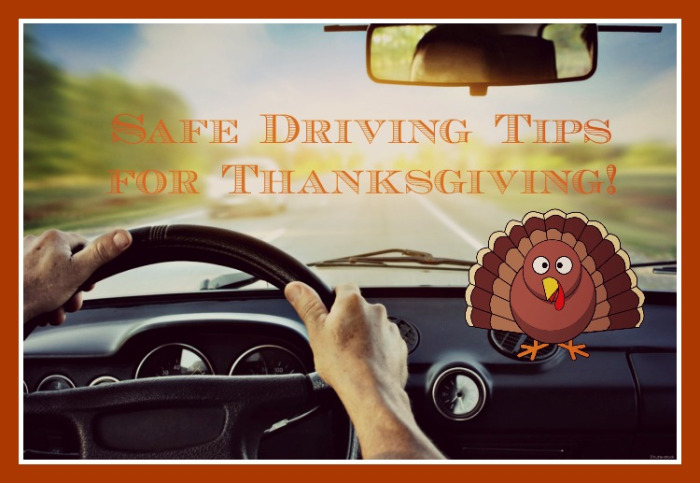
Date: 11/14/2024
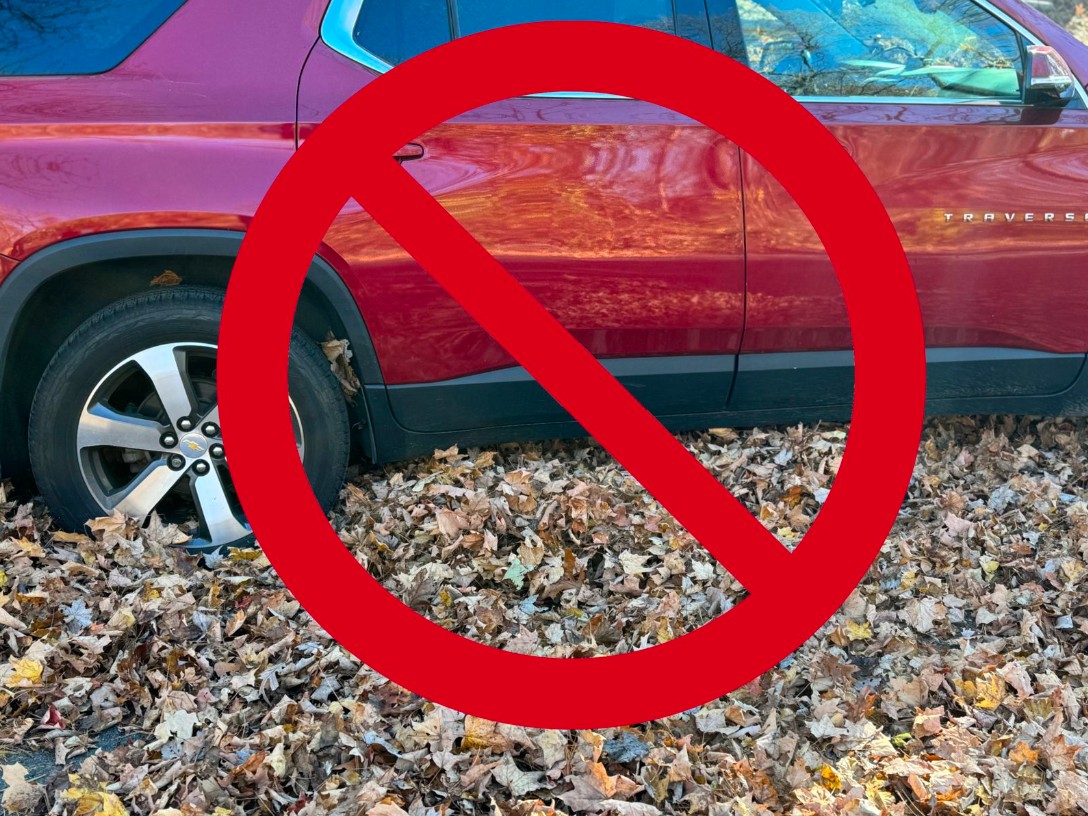
One critical and often overlooked hazard is parking a vehicle over a pile of dry leaves. This simple action can quickly become life-threatening due to the high temperatures generated by a vehicle’s exhaust system and catalytic converter. Your cars catalytic converter can reach temperatures up to 1,200°F—easily capable of igniting dry leaves, which can combust at temperatures as low as 300°F.
Why is this a Hazard?
- Catalytic Converter Temperatures: The average temperature of a catalytic converter when a car is running can soar to over 1,200°F. Dry leaves and other vegetation require only 300°F to ignite.
- Ignition Rates: At a surface temperature of 400°C (752°F), ignition can occur in as little as three minutes, and at 500°C (932°F), a fire can start in mere seconds.
Date: 11/06/2024
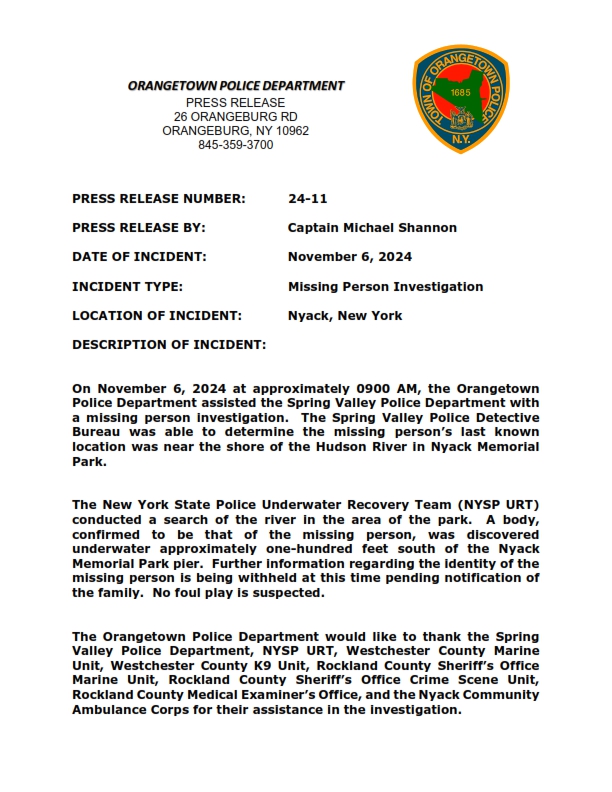
Date: 10/22/2024
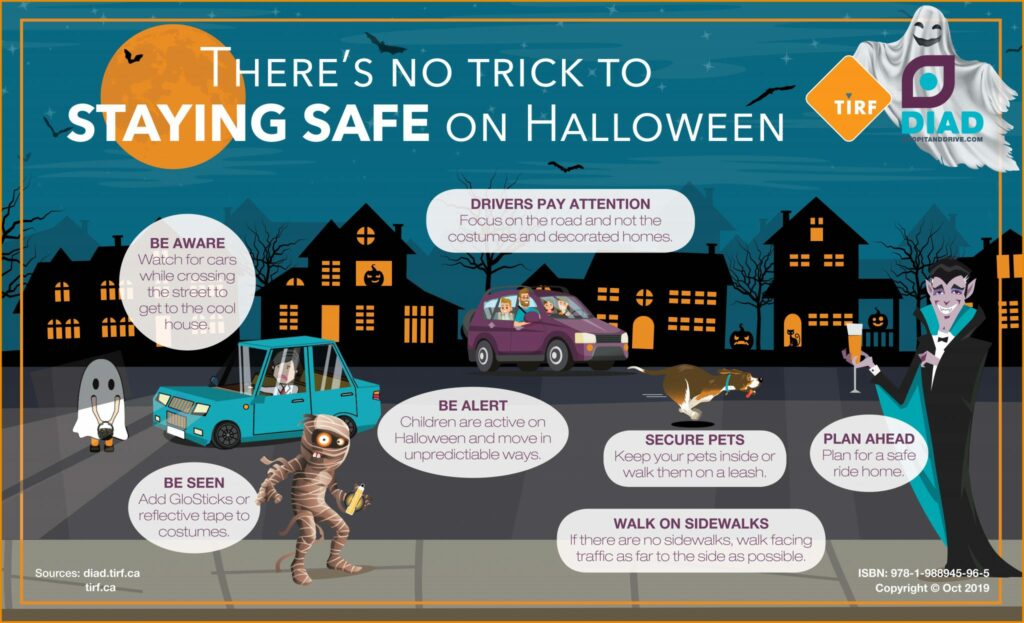
Halloween Safety Tips
Dressing up in costume, walking the neighborhood with friends and family, and participating in annual trick-or-treat festivities is fun for all ages. As enjoyable as this tradition is, it is important to take precautions to ensure your family’s safety. Here are a few tips to help guide the children in your life to ensure a safe Halloween this year:
- Trick-or-treat with a parent or friend, and only visit familiar areas and neighborhoods.
- Walk on sidewalks, use crosswalks, and stay in well-lit areas.
- Carry glow sticks, use flashlights, and add reflective tape or stickers on your costumes and bags to increase your visibility.
- Use face paint instead of masks, when possible, to avoid limiting your vision.
- Avoid using colored contact lenses unless they have been prescribed by an eye care professional. Commercially sold colored contacts have not been approved by the U.S. Food and Drug Administration (FDA) for safety.
- Do not eat any candy until it has been inspected at home and review labels to ensure allergens are not present.
- Stay on the porch or stoop when trick-or-treating; children should not go into homes.
- Slow down and stay alert; children are twice as likely to be injured in a vehicle or pedestrian accident on Halloween compared to any other day of the year.
Safety Tips for Drivers
- Be alert for trick-or-treaters on Halloween. Slow down and continue to scan the road in areas where they are likely to be or where sight distances are limited.
- On Halloween there will likely be more pedestrians on the roads and in places where they are not expected. Slower speeds save lives.
- Stay alert for pedestrians who may come out from between parked cars or behind shrubbery. Stop, wait for them to pass.
- Don’t look at your phone when you’re driving. Your attention needs to always be on the road.
- If you see a drunk driver on the road, contact law enforcement.
Safety Tips for Pedestrians
- Walk on a sidewalk if one is available and use crosswalks.
- Before the Halloween festivities begin, create a “buddy system” to get each other home safely and prevent walking alone.
Tips for Party Hosts
Be a responsible party host and take action to make sure guests get home safely.
- Serve plenty of food and provide non-alcoholic beverage options.
- Collect car keys from guests who are drinking.
- Prepare to call taxis, rideshares, provide sleeping accommodations, or—if you’re sober—drive guests home yourself.
Date: 10/20/2024

Always Remember – At 4 p.m. Oct. 20, 1981, six men armed with high-powered weapons jumped from the rear of a U-Haul truck and fatally shot Sgt. Edward O’Grady and Officer Waverly “Chipper” Brown. Nyack Detective Arthur Keenan was wounded and Officer Brian Lennon was injured.
Less than 30 minutes before the roadblock slayings, the gunmen killed Brinks guard Peter Paige and seriously wounded guard Joseph Trombino at the Nanuet Mall during the robbery of $1.6 million.
Sergeant Edward O’Grady and Officer Waverly Brown were shot and killed by heavily armed members of a domestic terrorist group, the Weather Underground, who had just robbed a bank and were attempting to escape. The suspects had just murdered an armored car guard and wounded two other guards before loading themselves into the back of a rental truck to be driven away by accomplices. The truck was stopped at a roadblock manned by several Nyack officers.
One of the female occupants in the cab of the truck told the officers their guns were making her nervous. Thinking they had stopped the wrong truck, the officers began to holster their weapons. Almost immediately afterwards several of the heavily armed men exited the back of the truck and opened fire with automatic weapons, fatally wounding Officer Brown and Sergeant O’Grady.
The suspects fled the scene in different directions but seven men and three women were eventually apprehended and sentenced to lengthy prison terms. The female occupant in the truck was convicted in 1983 at age 33 for her actions in the murders which brought her 75 years to life in prison — a sentence commuted to 37 years to life by Gov. Andrew Cuomo in December 2016, allowing her to seek parole. She was granted parole in June of 2019. One of the women was paroled in August 2003. Another woman was released July 15, 2010, and died of cancer a month later. One of the men died in prison December 13, 1986.
A suspect convicted of killing Police Officer John G. Scarangella of the New York City Police Department, was a prime suspect in the murders of Sergeant O’Grady and Officer Brown. When he was arrested for the murder of Officer Scarangella, he was in possession of a gun linked to the murders of Sergeant O’Grady and Officer Brown. That suspect was never charged in these murders.
A suspect in the killing was placed on FBI 10 most wanted in 1982 for helping his sister – an accomplice in the New Jersey State killings – escaped from prison in 1979. The suspect was captured in 1986.
Sergeant O’Grady was a Vietnam War veteran. He is survived by his wife and three children. He is buried in Saint Anthony’s Church Cemetery, Nanuet, Rockland County, New York.
Officer Brown was an Airforce Veteran, had been employed with the Nyack Police Department for 15 years and is survived by his mother and three children. He is buried in Oak Hill Cemetery, Nyack, Rockland County, New York.
The Weather Underground was also connected to the Black Liberation Army, which was responsible for the murders of at least one dozen other police officers throughout the country. The Weather Underground is believed responsible for the unsolved bombing murder of San Francisco, California, Police Department Sergeant Brian McDonnell on February 16, 1970.
The Black Liberation Army was a violent, radical group that attempted to fight for independence from the United States government in the late 1960’s and early 1970’s. The BLA was responsible for the murders of more than 10 police officers around the country. They were also responsible for violent attacks around the country that left many police officers wounded.
Source: odmp.org

Date: 10/18/2024

Date: 10/11/2024


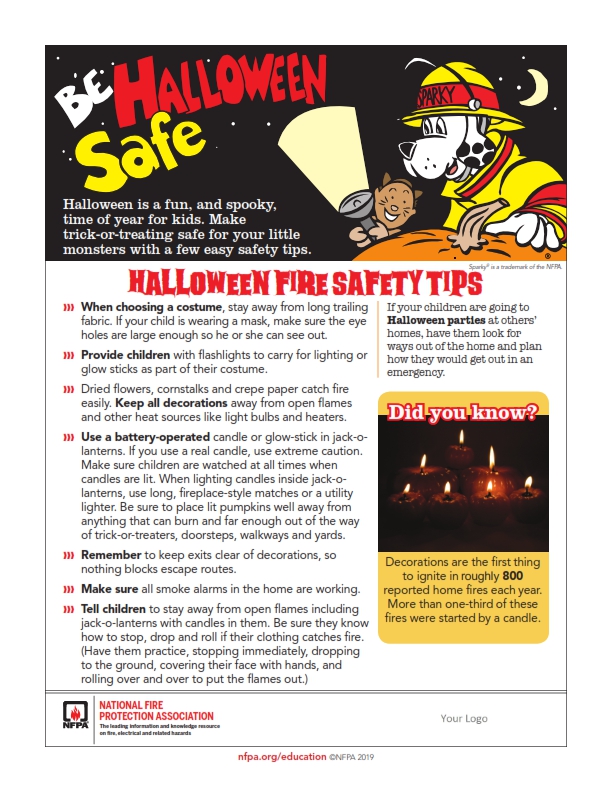
- From 2017–2021 there was an average of 790 home structure fires that began with decorations per year. These fires caused an annual average of 4 civilian fire deaths, 33 civilian fire injuries, and $14 million in direct property damage.
- Nearly half (48%) of these fires occurred because the decorations were too close to a heat source, such as a candle or hot equipment.
- Approximately one-third (33%) of these fires were started by candles.
- Use glow sticks or battery-operated candles for jack-o’-lanterns and other Halloween decorations.
- When choosing costumes, stay away from long trailing fabric.
- Provide children with flashlights to carry for lighting or glow sticks as part of their costume.
- Teach children to stay away from open flames, including jack-o’-lanterns with candles in them.
- Keep Halloween decorations away from open flames and other heat sources, such as light bulbs and heaters.
- Remember to keep exits clear of decorations so nothing blocks escape routes. Make sure all smoke alarms are working.
Date: 09/29/2024
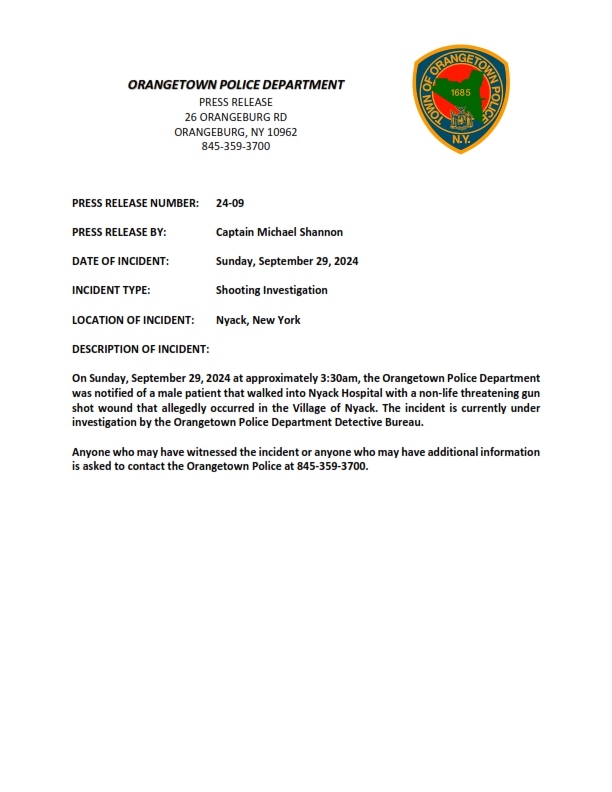
Date: 09/27/2024
SCAM ALERT
The New York State Police is warning the public of a nationwide automated sextortion scam in which scammers use people’s email address to coerce payments using intimidation and threats of embarrassment.
Scammers obtain emails and other personal information purchased illegally on the dark web to contact victims, stating that they have the victim’s personal information, and often will include a photo of the victim’s residence, and instructions to make payment in Bitcoin to avoid repercussions.
The scammers will also threaten to publicly embarrass and convince the victim that they have installed software on their phone, tablet, or computer, have access to their personal accounts and are tracking their internet use.
To get the victim to act quickly, the scammer claims they possess images of the victim viewing pornographic material and threatens to disclose this content to everyone in their contact list within 24‐48 hours unless they pay in Bitcoin to have the content deleted.
Despite these claims, the scammer does not have access to the victim’s device or personal information.
If you receive one of these emails, do not engage or share any personal information such as birthdates, phone numbers, social security numbers or any financial information.
Victims should block the sender, delete the email, and report it through the Federal Bureau of Investigation (FBI) Internet Crime Complaint Center (IC3) www.ic3.gov.
If someone believes that they are the victim of sextortion or identity theft, the FBI encourages them to report it by contacting their local FBI office or calling 1‐800‐CALL‐FBI. The New York State Police (NYSP) or local law enforcement agencies can also assist with criminal investigations.
Date: 09/16/2024
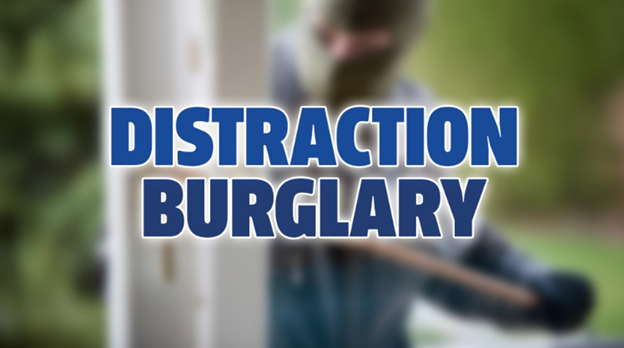
What are distraction burglars?
Distraction burglars normally work in pairs. Their aim is to distract you and trick their way into your home to steal your money or valuables.
They may call at your door posing as officials, claiming to be from the council, police, market researchers, health carers, gas, water, electricity, phone or TV companies. Others may try a tactic of taking advantage of your good nature by saying they are collecting for charity, or they need something from your house such as water for their car, a pen and paper to leave a note for a neighbor, they want to retrieve a ball that has gone in your garden, or need to use your phone.
They can also use a tactic of feigning urgency and panic – a typical ploy is where they say something like “we’re from the Water company; there is a burst pipe in the street and we need to come in and switch your water off immediately.”
They may be very convincing, charming and persuasive. They can be young, old, male or female or even young children. They can appear official and may be dressed in uniforms, official looking paperwork and fake ID’s.
Tips to keep safe
The message is simple, if in doubt, keep them out.
- LOCK– keep your front and back doors locked and lower floor windows closed even when at home
2. STOP – are you expecting anyone?
3. CHECK – ask for the caller’s ID and check it by phone using the main number for the business, not the number provided by the person at your door.
- Telephone a neighbor, or a nearby friend, and ask them to come along to help check out the caller before you open the door to them.
- Insist on checking the identity of the caller. If they are genuine, they will not mind waiting or returning later. Do not use any telephone numbers provided by the caller as they may be bogus.
- Don’t keep large quantities of cash at home.
- Remember, it is not rude to refuse letting a stranger into your home.
Date: 09/13/2024
- Pair the activity to the helmet. Different activities can result in different impacts to your head. Use a helmet that fits the activity, so if an accident occurs, you are better protected.
- Make sure it fits. Bike helmets should have a snug but comfortable fit on the rider’s head. The National Highway Traffic Safety Administration also has a guide on properly fitting bicycle helmets, helmet certifications and laws and more.
- Buckle up! A helmet only works when it is worn properly for the duration of an activity. Make sure your helmet has a chin strap and buckle that lays flat and stays fastened. Wear your helmet level on your forehead, not tilted back.
- Wear helmets that conform to regulations. The U.S. Consumer Product Safety Commission (CPSC) oversees standards for helmets used for many activities, including bike riding. When buying a bicycle helmet, look for a label that says it is certified by the CPSC or meets CPSC safety standards. Don’t add anything to the helmet, such as stickers, coverings or other attachments that didn’t come with the helmet upon purchase. These could affect the helmet’s performance.
- After a crash or injury, replace. Once a helmet protects a person from a fall, it should no longer be used. Any damage to a helmet can reduce its effectiveness. Replace it before the next ride.
- Replace your helmet when needed. You should follow the manufacturer’s guide for when to replace your helmet. If no guidance is provided, helmets should generally be replaced within 5-10 years of purchase if properly cared for and stored. If there are cracks in the shell, worn foam lining or other such imperfections that may occur during regular use, you should consider
Date: 09/08/2024
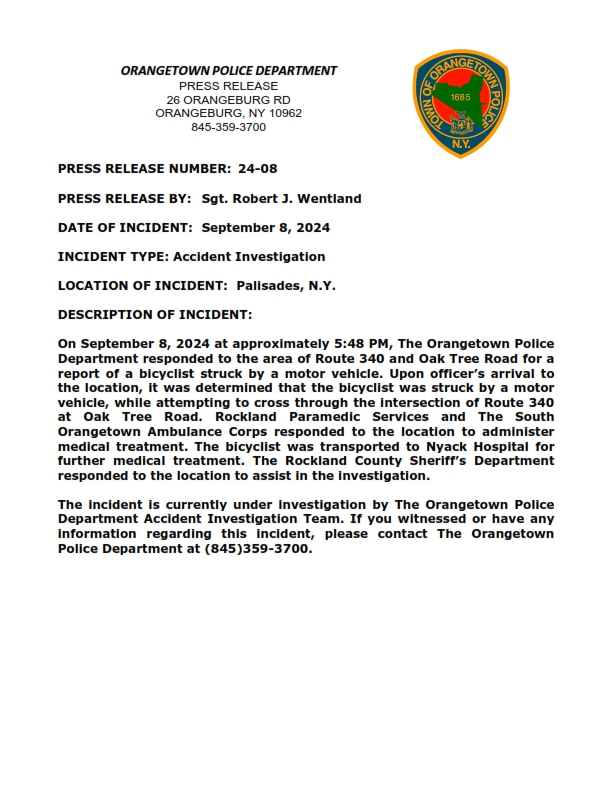
Date: 09/06/2024

- First violation – penalty of $250
- Second violation within 18 months – penalty of $275
- Third violation (or more) within 18 months – penalty of $300
Date: 08/30/2024
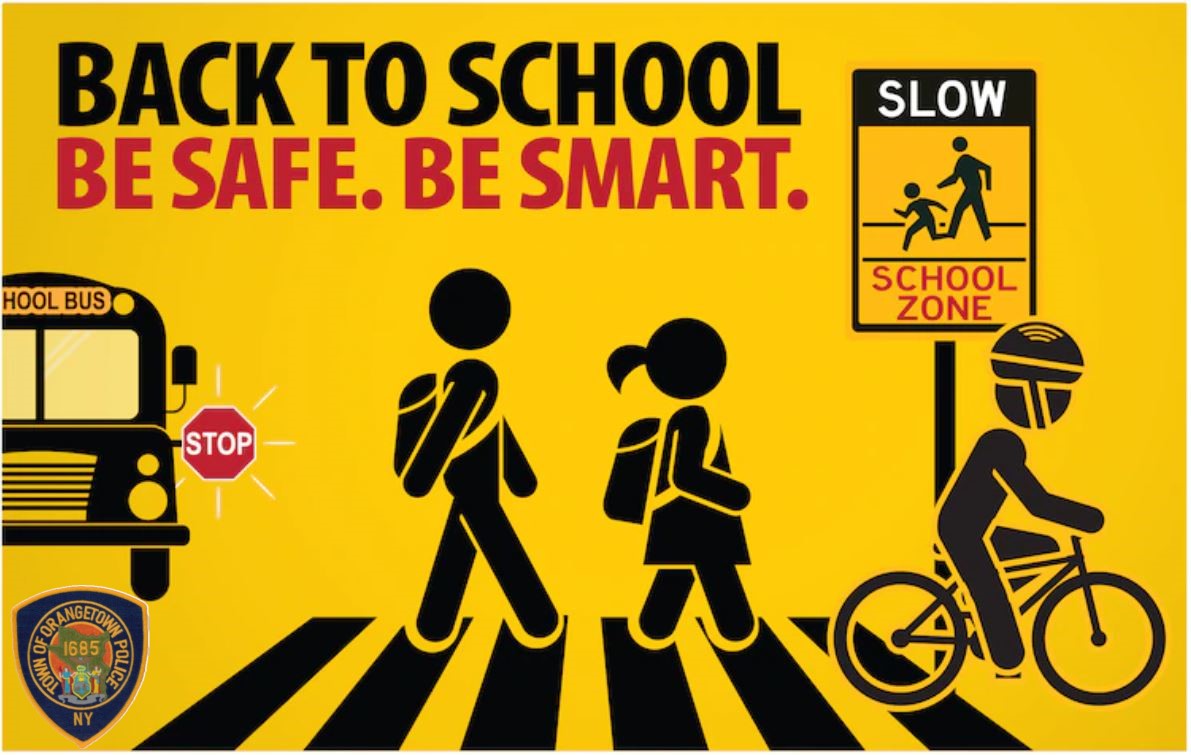
- Slow down. Speed limits in school zones are reduced for a reason. A pedestrian struck by a vehicle traveling at 25 mph is nearly two-thirds less likely to be killed compared to a pedestrian struck by a vehicle traveling just 10 mph faster.
- Come to a complete stop. Research shows that more than one-third of drivers roll through stop signs in school zones or neighborhoods. Always come to a complete stop, checking carefully for children on sidewalks and in crosswalks before proceeding.
- Eliminate distractions. Research shows that taking your eyes off the road for just two seconds doubles your chances of crashing. And children can be quick, crossing the road unexpectedly or emerging suddenly between two parked cars. Reduce risk by not using your cell phone or eating while driving, for example.
- Reverse responsibly. Every vehicle has blind spots. Check for children on the sidewalk, in the driveway and around your vehicle before slowly backing up. Teach your children to never play in, under or around vehicles.
- Watch for bicycles. Children on bikes are often inexperienced, unsteady and unpredictable. Slow down and allow at least three feet of passing distance between your vehicle and a bicyclist. If your child rides a bicycle to school, require that he or she wear a properly fitted bicycle helmet on every ride.
- Talk to your teen. Car crashes are the leading cause of death for teens in the United States, and nearly one in four fatal crashes involving teen drivers occur during the after-school hours of 3 p.m. to 7 p.m.
Date: 08/24/2024
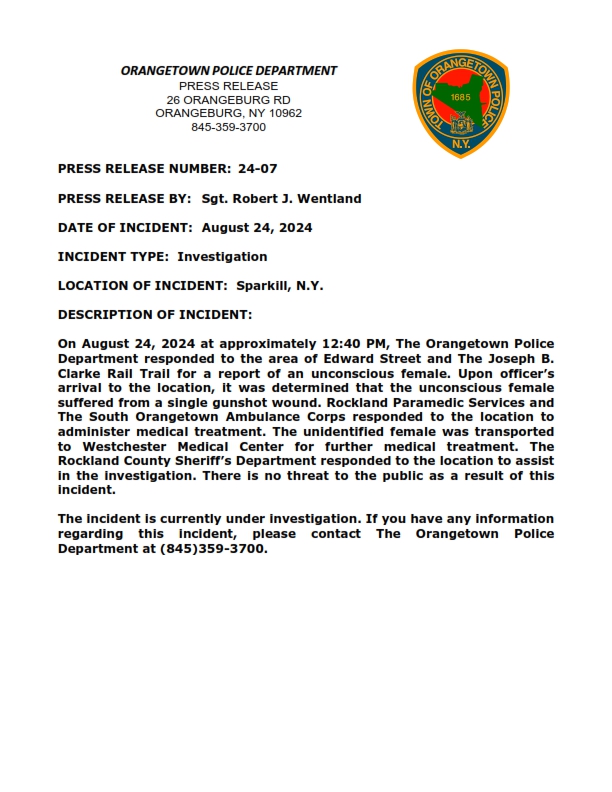
Date: 08/21/2024

-Stay in well-lit areas, especially when crossing the street.
-If possible, make eye contact with drivers in stopped vehicles to ensure they see you before you cross in front of them.
-Never assume a driver will give you the right of way. Make every effort to make eye contact with the driver of a stopped or approaching vehicle before entering the roadway.
-Walk in Safe Places
-Use crosswalks when crossing the street. If a crosswalk is unavailable, be sure to find the most well-lit spot on the road to cross and wait for a long enough gap in traffic to make it safely across the street.
-Stay on sidewalks whenever possible. If a sidewalk is not available, be sure to walk on the far side of the road facing traffic. This will help increase your visibility to drivers. Avoid walking along highways or other roadways where pedestrians are prohibited.
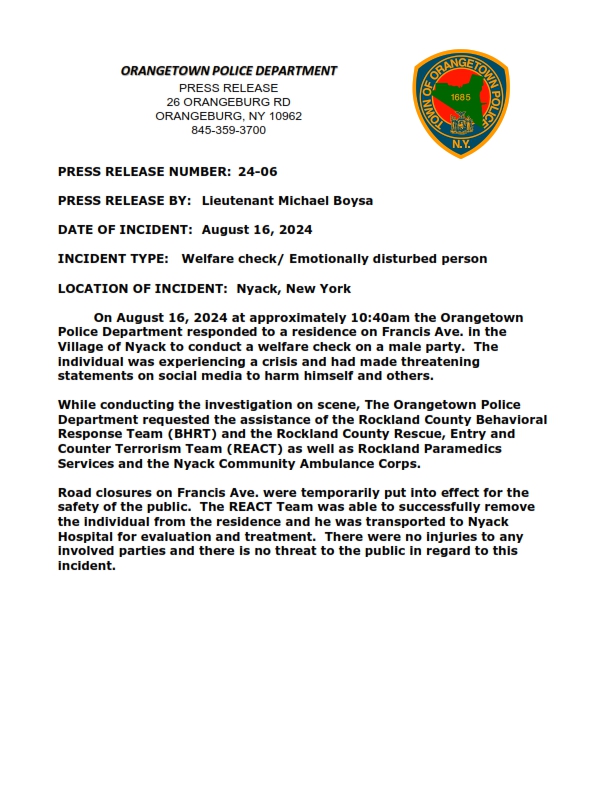
Date: 08/10/2024
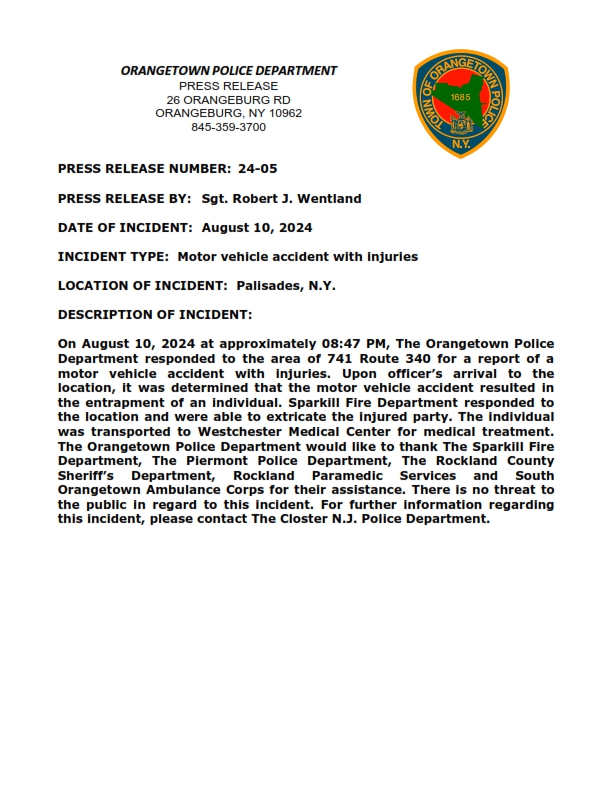
Date: 08/09/2024
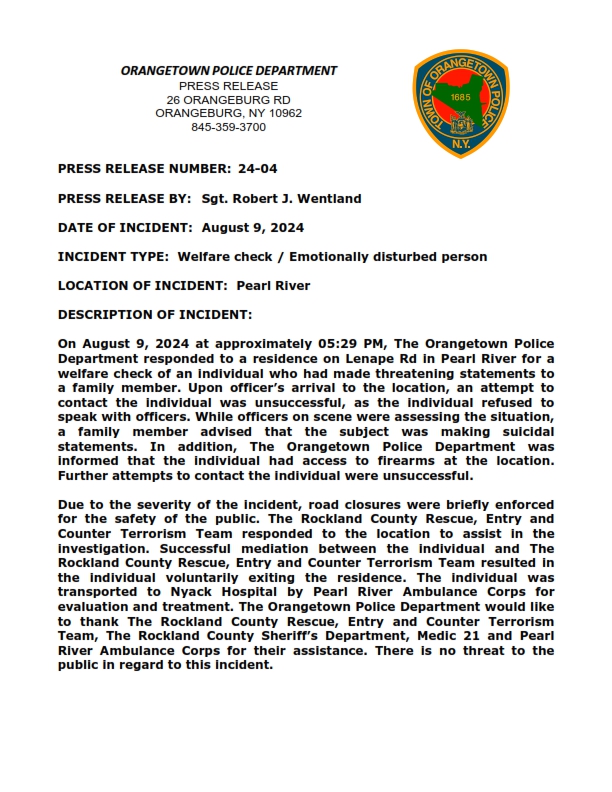
Date: 08/05/2024




Date: 08/02/2024
Remembering those who made the ultimate sacrifice in the line of duty.
On Thursday, August 2, 1973, 51 years ago today, Patrolman Michael Reedy and Patrolman Thomas Kennedy were stuck and killed by a vehicle while directing traffic at an accident scene on Route 303.
Patrolmen Reedy and Kennedy, and other emergency personnel, were at the scene of a serious accident on State Route 303 in the Hamlet of Blauvelt. The accident scene was closed off and well-lit by flares and emergency lights of Police, Fire and Ambulance vehicles. A drunk driver coming north at a high rate of speed passed the flares, drove over the fire hoses and struck Officer Reedy and Officer Kennedy who were standing together in the roadway.
Officer Reedy had served with the agency for four years. Officer Kennedy had been with the agency for only six months.

Date: 07/18/2024
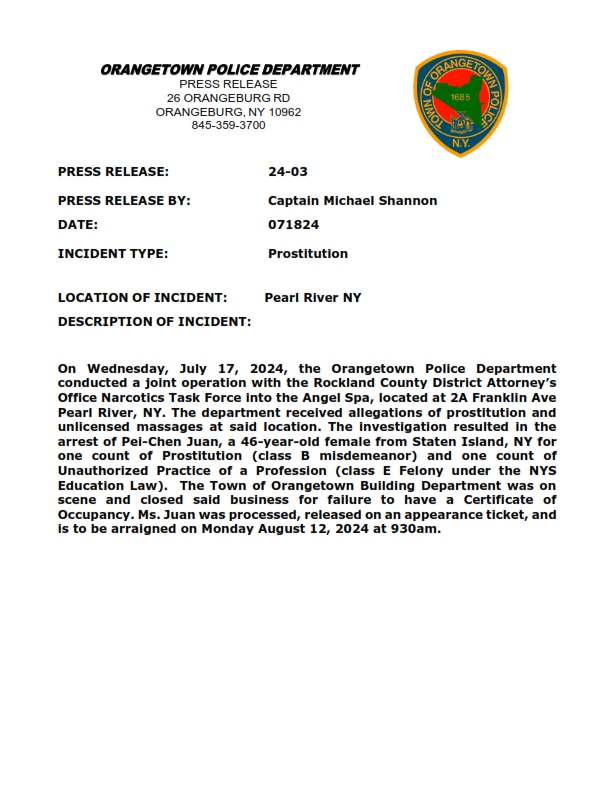
Date: 06/03/2024
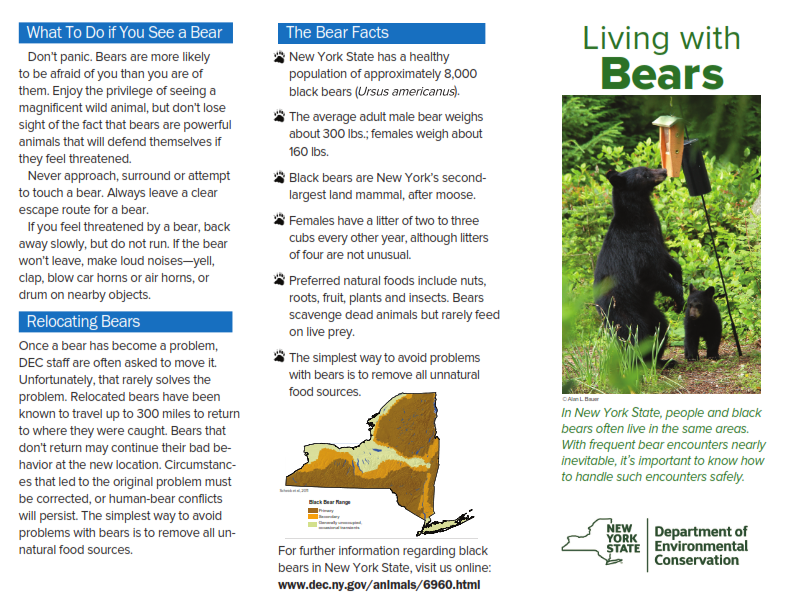
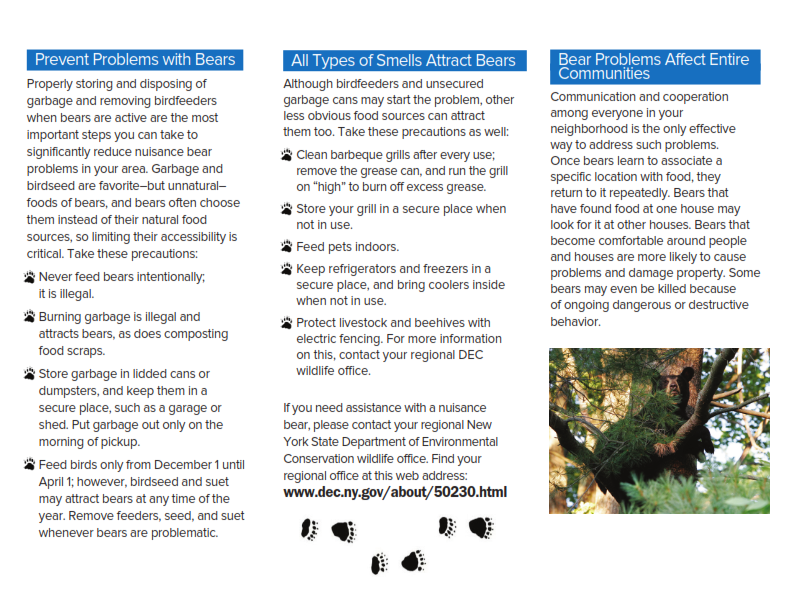
What Causes Human-Bear Conflicts?
The simple answer is food! Bears are more likely to seek out human food sources in the spring, when natural food is scarce, and in the summer, particularly during periods of drought.
The leading cause of bear complaints in New York is bears getting into residential garbage and birdfeeders.
In New York State, people and black bears often find themselves living nearby one another. Bears can obtain all of the nourishment they need from the forest, but they are intelligent and opportunistic animals. They will find and consume whatever food they can access most easily. Bears must often cross roads and pass through developed areas to find the varied habitat types that produce their seasonal food sources. They often find human foods readily accessible along the way if homeowners do not take necessary precautions. Not every bear that passes through a developed area is a ‘problem bear’. However, available human food sources can quickly turn them into one.
Keeping Humans and Bears Safe
Frequently, humans unknowingly create potential food sources for bears. This may attract them into close proximity to residential areas and subsequently result in human-bear conflicts. Most conflict scenarios in New York can be resolved or minimized by removing or adequately securing whatever served to attract the bear.
Conflicts are often associated with activities not intended to attract bears, such as:
• feeding birds
• improperly storing garbage
• leaving messy grills and pet food outdoors
Bears are opportunistic feeders and will remember where they find easy food, and return to that location frequently. Intentional feeding of bears or repeated access to human foods without negative consequence can lead bears to become habituated (lose their fear of humans) and to become food-conditioned (actively seek out human foods). Habituated and food-conditioned bears may become bolder in their efforts the longer they are successfully able to access human foods. They will eventually become involved in human-bear conflicts. These food-conditioned bears are significantly more likely to be hit by cars or shot illegally by people who mistakenly perceive a threat to their own safety.
Black Bear Facts
• Bears are curious – They spend a great deal of time exploring for food, and this can bring them close to humans.
• Bears eat nearly anything – They are omnivorous; eating grasses, berries, fruit, nuts, seeds, insects, grubs, and carrion, as well as human sources of food like corn, honey, bird seed, trash, and pet food when available.
• Bears are intelligent – Bears learn from experience. If an activity results in food, they will repeat that activity. If an encounter with a human is negative, they learn to avoid humans. Also if an encounter with a human doesn’t result in a reward (food), they will not have any reason to have contact with humans.
• Feeding bears creates human-bear conflicts – When bears learn to obtain food from humans, they can become bold and aggressive. Deliberate and intentional feeding of bears is illegal in New York (leaves DEC website).
• Feeding bears is bad for bears – Bears’ natural foraging habits and behavior can be changed. Usually solitary, bears can be concentrated in areas causing stress, injuries from physical conflicts, and the spread of diseases. Often when feeding on garbage or camper’s supplies, bears will eat unhealthy materials such as soap, shaving cream, insect repellant, food packaging, etc.
Black bears are an important and natural component of New York’s ecosystem. Whether you live or recreate in the bear country, please help maintain and protect the bear. At the same time, protect yourself and your property by not feeding bears and by reducing bear attractants.
http://www.dec.ny.gov/animals/6995.html
http://www.dec.ny.gov/animals/6960.html
Date: 06/02/2024
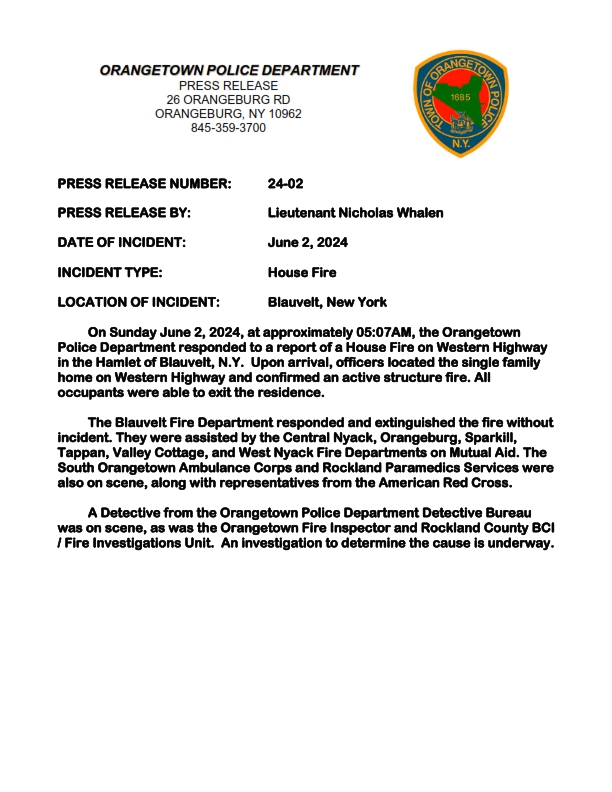
Date: 05/28/2024
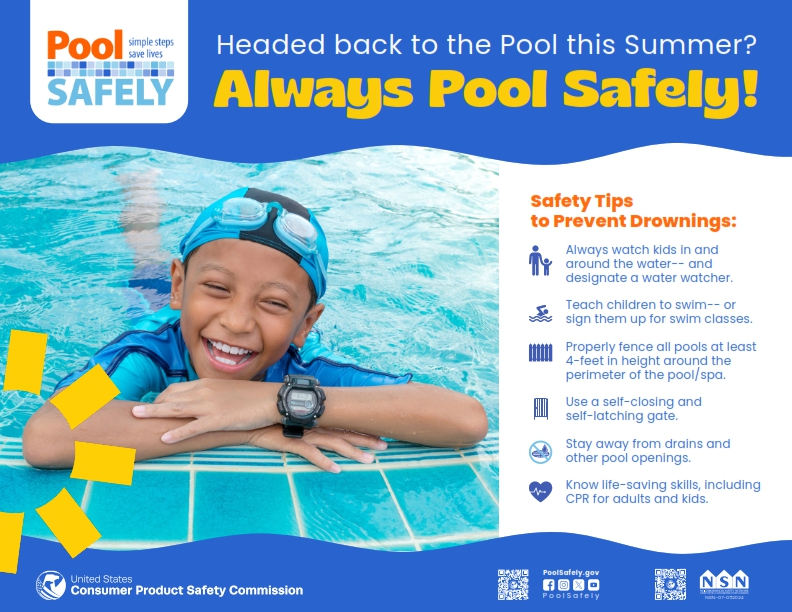
With the warmer weather pools are starting to open up around town. Below are some pool safety tips from https://www.poolsafely.gov/ to help everyone enjoy pools safely.
· Always Supervise: Never leave children unattended near the water. Designate a responsible adult to watch over swimmers at all times.
· Learn to Swim: Ensure that everyone in the family knows how to swim. Enroll in swimming lessons if needed.
· Use Barriers: Install fences, covers, and alarms around your pool to prevent accidental drownings.
· No Running: Pool decks can be slippery. Encourage everyone to walk, not run, around the pool.
· Avoid Alcohol: Avoid drinking alcohol when supervising swimmers or swimming yourself.
· Know CPR: Learn CPR and basic first aid. Quick response can save lives in emergencies.
· Obey Pool Rules: Follow all posted rules and guidelines at public pools to ensure a safe environment for everyone.
Date: 05/24/2024
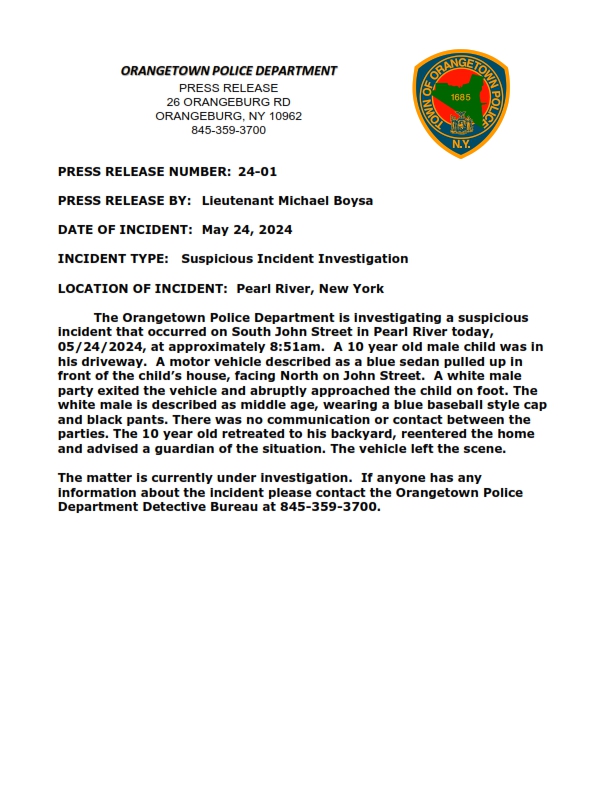
Date: 05/14/2024
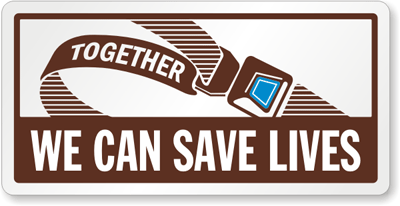
The national seat belt campaign runs from May 20, 2024 through June 2, 2024.
Buckling up is the simplest thing you can do to limit injury or save your life during a crash. We see the results of not wearing a seat belt all the time. We see the injuries and the loss of life which so often could have been prevented if seatbelts are worn.
- One of the safest choices drivers and passengers can make is to buckle up.
- Buckle up all the time — for short trips and long trips.
- The right seat belt fit matters:
-
- The shoulder belt should lay flat across the middle of your chest and away from your neck.
- The lap belt should fit across your hips, not your stomach.
- Never put the shoulder belt behind your back or under your arm.
· Seat belts are the best defense against impaired, aggressive, and distracted drivers. Being buckled up during a crash helps keep you safe and secure inside your vehicle; the seat belt slows you down and spreads crash forces over the strongest parts of your body.
· Despite steady increases in observed seat belt use, approximately half of all passenger vehicle deaths are unrestrained.
Help us spread this lifesaving message. Seat belts save lives, and everyone — front seat and back, child and adult — needs to remember to buckle up.
Date: 05/01/2024
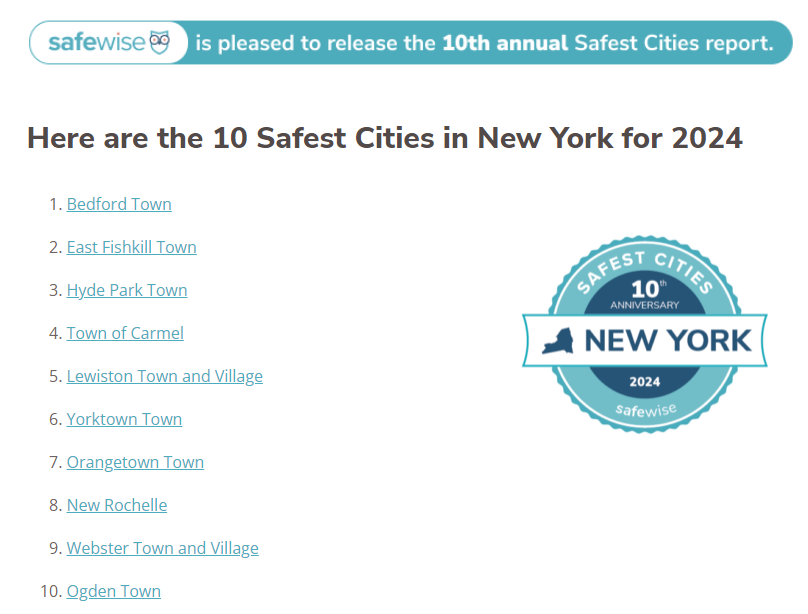
https://www.safewise.com/blog/safest-cities-new-york/
The Town of Orangetown has been rated one of the Top 10 Places to Live in New York for 2024. This incredible achievement is a testament to the strong partnership between the Orangetown Police Department, the community, and other emergency services.
At the heart of this success lies our mission statement: “To work in partnership with the community, to protect life and property, solve neighborhood problems, and enhance the quality of life in our town.” This isn’t just a statement; it’s a commitment the Orangetown Police Department upholds every day, striving to make the Town of Orangetown a safe, vibrant, and welcoming place for all.
This recognition wouldn’t be possible without the dedication and hard work of our amazing residents, emergency responders, and law enforcement officers. Together, we’ve created a supportive and inclusive environment where everyone can thrive.
Thank you to everyone who contributes to making Orangetown a fantastic place to call home! Let’s continue working hand in hand to build an even brighter future for our community.
Date: 04/18/2024
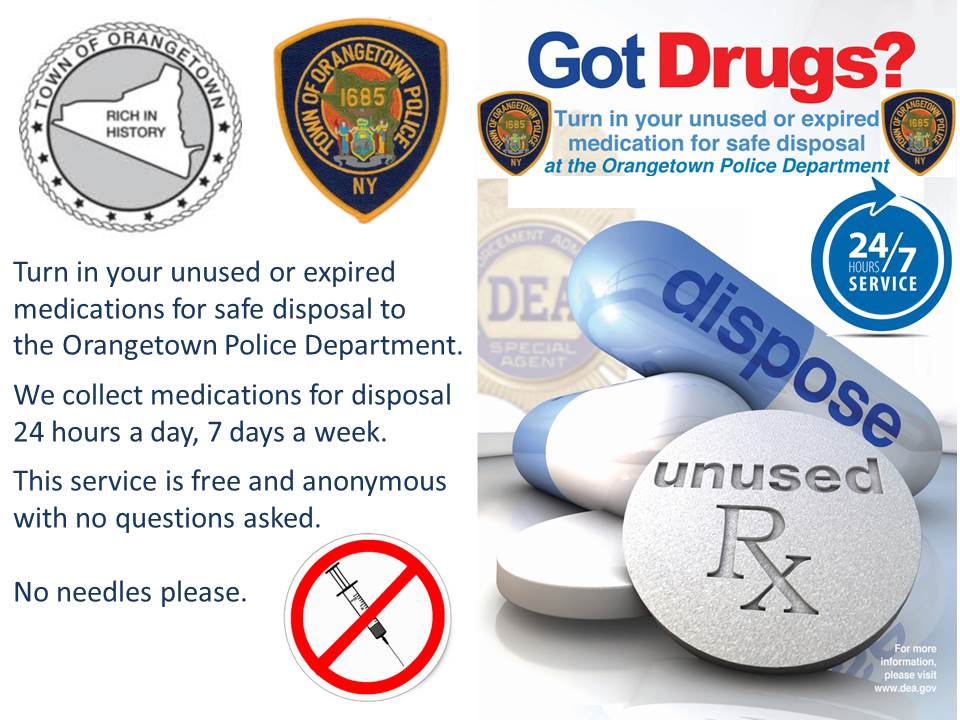
National Prescription Drug TAKE BACK DAY
On Saturday, April 27, 2024 from 10:00 am to 2:00 pm the Drug Enforcement Agency is holding its National Prescription Drug TAKE BACK DAY. The Orangetown Police Department is supporting the DEA on this initiative.
You can always turn in your expired and unused medications to the Orangetown Police Department 24 hours a day, 7 days a week. This service is free and anonymous with no questions asked. No needles please.
https://www.dea.gov/takebackday
Date: 04/10/2024
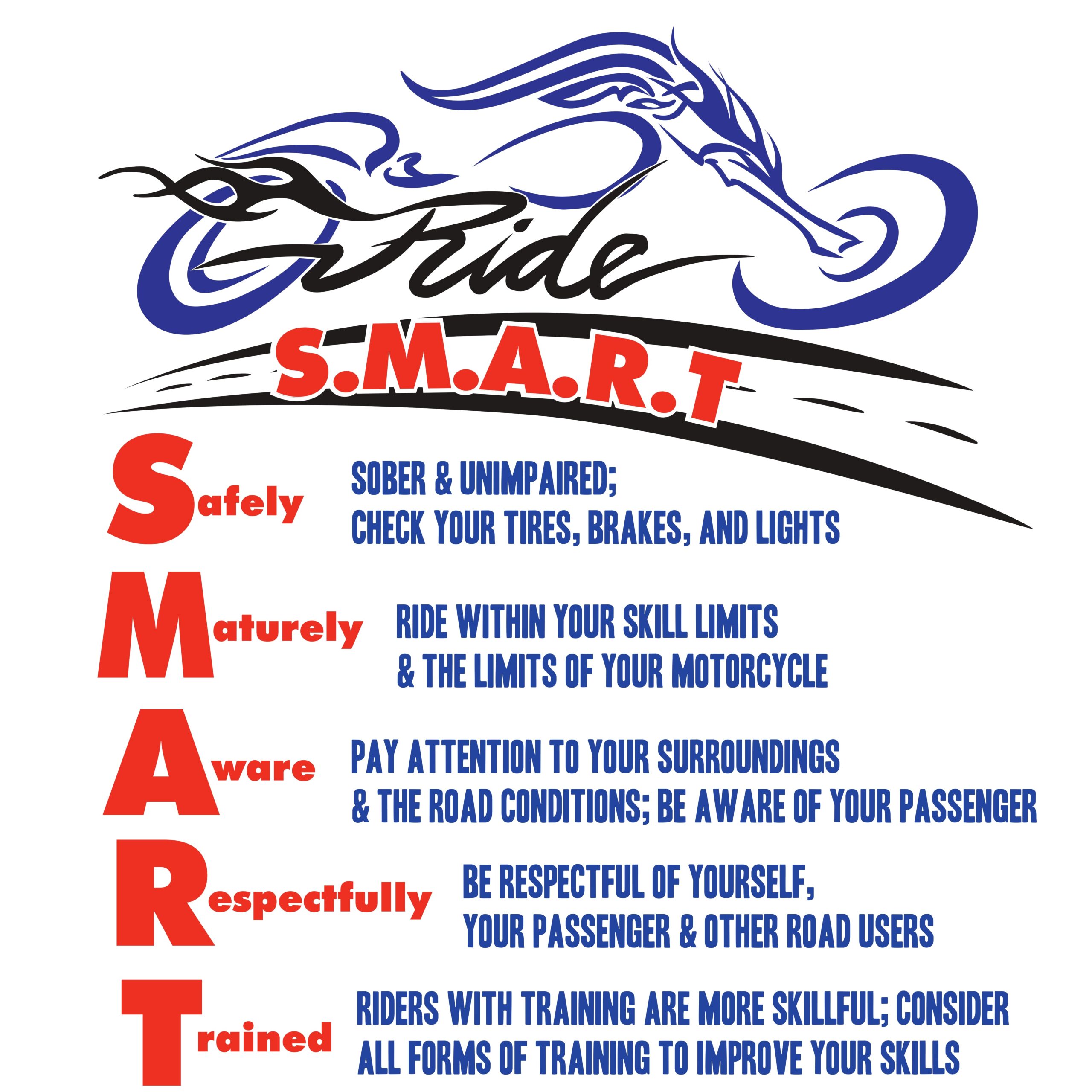
Tips for Motorcyclists
motorcyclists must take extra precautions to guard against drivers who may not see them. Motorcyclists may follow these tips to prevent a fatal crash with a vehicle:
- Wear a DOT-compliant helmet and other protective gear.
- Obey all traffic laws and be properly licensed.
- Use hand and turn signals at every lane change or turn.
- Wear brightly colored clothes and reflective tape to increase visibility.
- Ride in the middle of the lane where you will be more visible to drivers.
- Never ride distracted or impaired.
Date: 04/02/2024
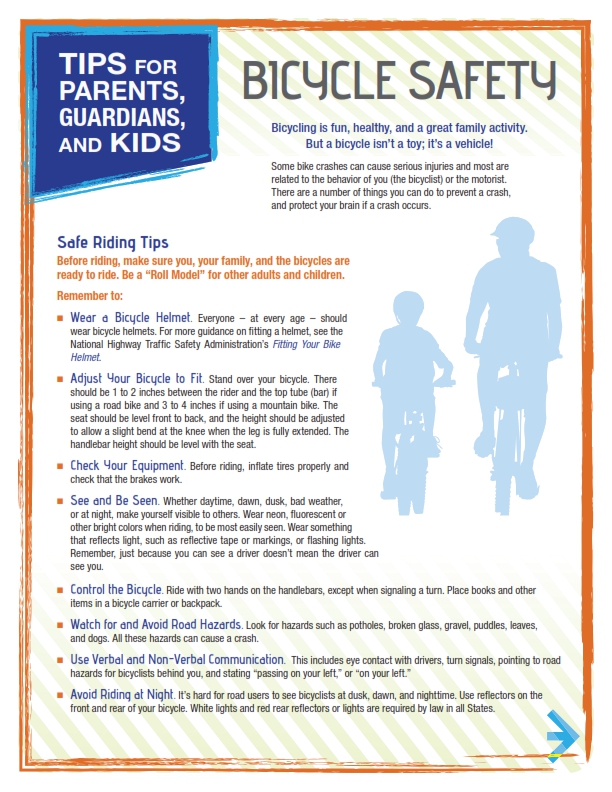
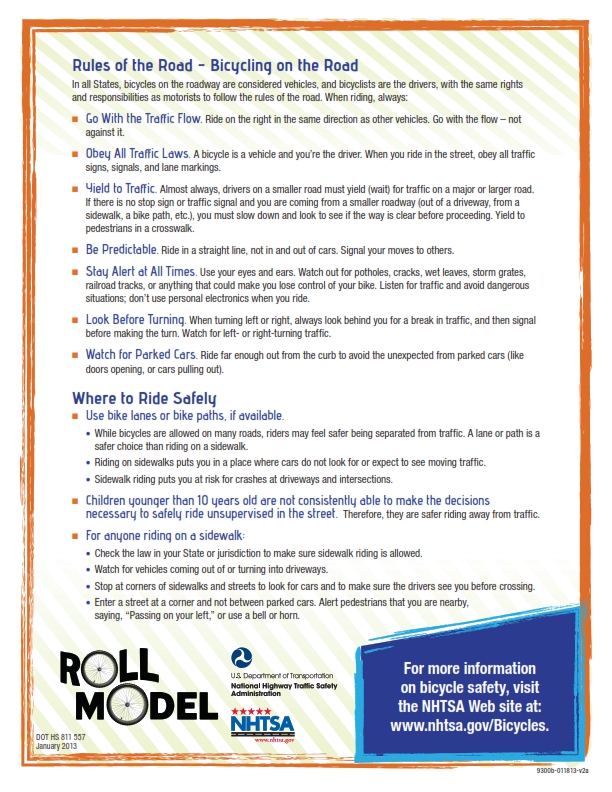
Bicycle Safety for Kids and Parents
Date: 03/11/2024
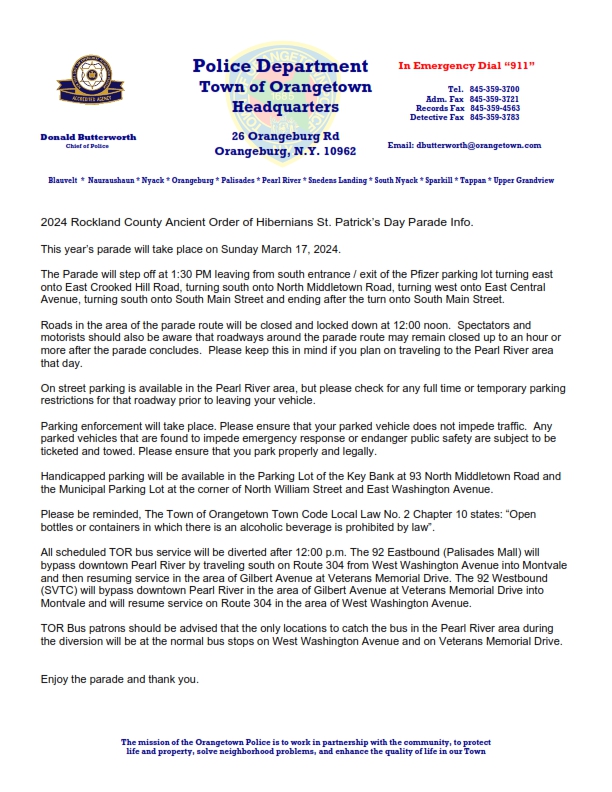
Orangetown Police Department St Patricks Day Parade 2024 Press Release
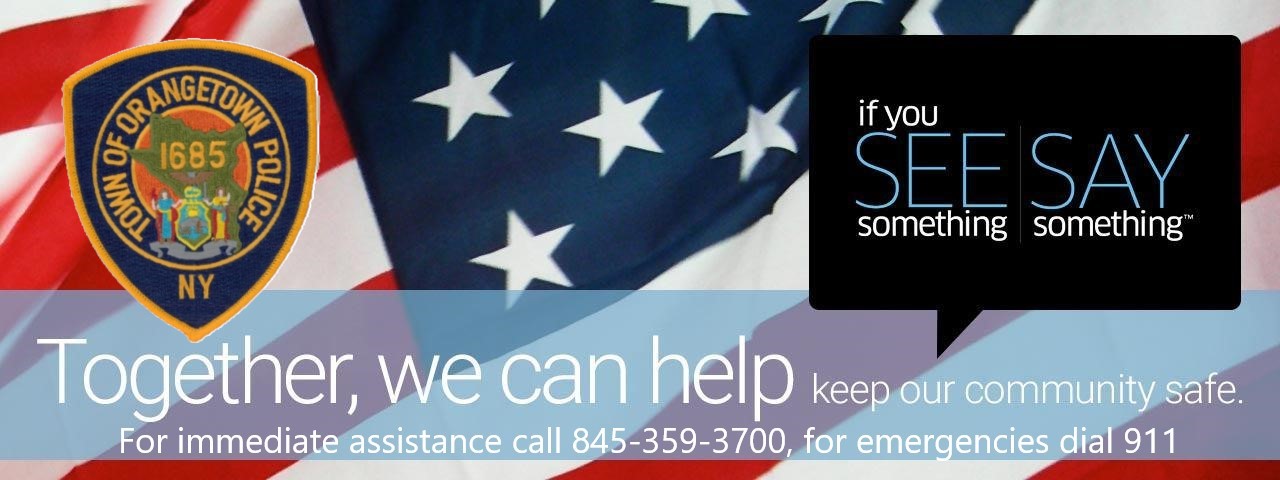
Date: 03/07/2024
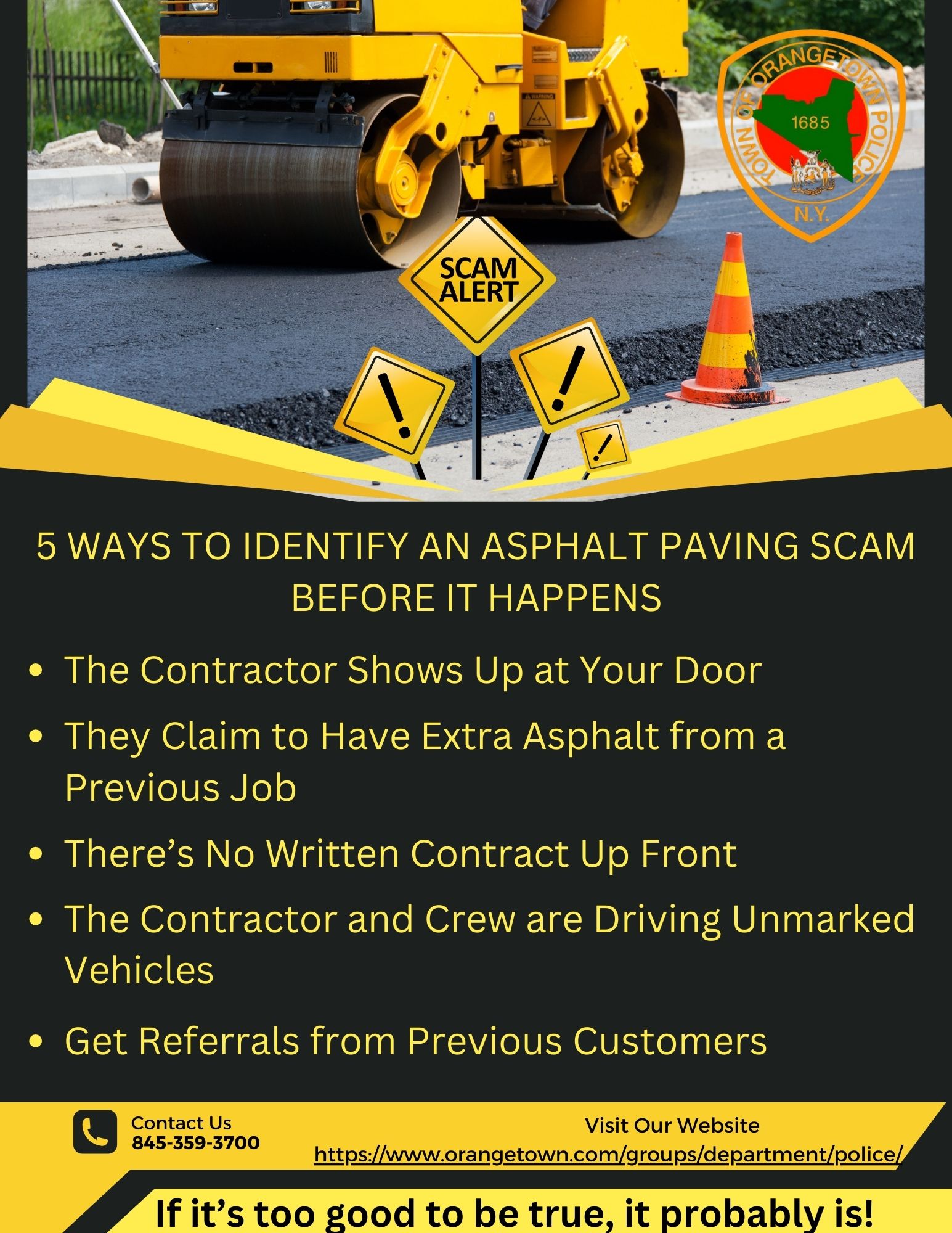
Date: 02/22/2024

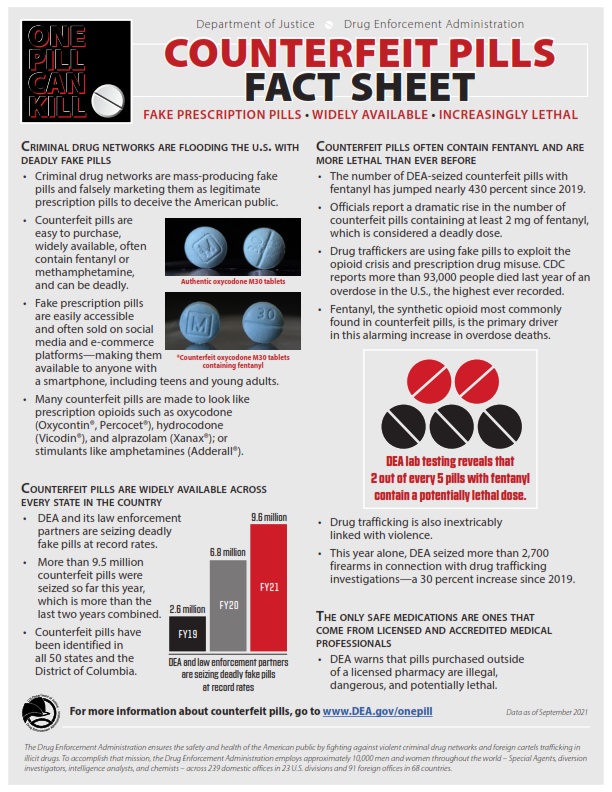
Date: 02/15/2024

Sharing the road with pedestrians
Drivers, remember your vehicle is like a heavy weapon and if you hit a pedestrian, you can cause serious injuries – or even death. Always give the right of way to pedestrians. Be extra cautious during the early morning and evening hours during periods of altered light.
Below are some important rules regarding pedestrians to help keep everyone safe:
- Always stop and give the right of way to pedestrians in a crosswalk.
- Watch out and prepare to stop for the nearby pedestrian who may walk into your path.
- Always stop and give the right of way to any pedestrian who walks on your path.
- When pedestrians are near your path or walking on the side of the street, use common sense, anticipate their actions, and be prepared to stop and give the right of way to them. Sometimes a pedestrian looks over and makes eye contact showing his/her need to cross the street; always give the right of way to pedestrians.
- If there are disabled pedestrians, older pedestrians or pedestrians with children that are crossing a crosswalk, give them more time to cross the street.
- Do not stop in a crosswalk because you will cause the pedestrians to walk outside the crosswalk and can put the pedestrians at the risk of getting hit.
- Do not pass a car that has stopped at a crosswalk because you may hit the pedestrian that you cannot see.
- Be aware that blind pedestrians rely on your vehicle’s engine noise to make the decision of where to walk on a sidewalk, so you need to stay within 5 feet of the crosswalk in order for the blind pedestrians to be aware of your presence.
- If you are driving a hybrid or electric vehicle, be extra careful near pedestrians because these vehicles are silent while operating and the pedestrians may not hear them.
- Fully stop at the stop line before the stop sign, check for other vehicles and pedestrians, then enter the intersection.
Working together to share our roads can help keep everyone safe.
Date: 02/01/2024
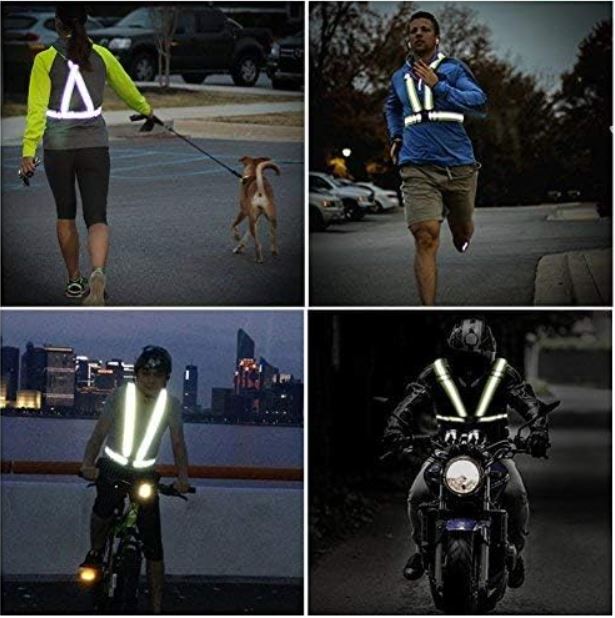
With sunset slowly getting later, it’s crucial to stay visible and safe during your early morning or sundown walks and runs. Whether you’re accompanied by a furry friend or enjoying some solo exercise, follow these tips to ensure a secure and enjoyable experience:
1. Reflective Gear is a Must: Make yourself visible with reflective clothing and accessories. This helps drivers and others see you, reducing the risk of accidents during low-light conditions.
2. Light Up the Path: Carry a flashlight or wear a headlamp to illuminate your path. Not only does it enhance your visibility, but it also helps you see potential hazards on the ground.
3. Choose Well-Lit Routes: Opt for well-lit streets, paths, or parks. Familiarize yourself with your surroundings, and avoid poorly lit or secluded areas, especially during early morning or late evening hours.
4. Stay Aware and Alert: Keep distractions to a minimum. If you’re using headphones, keep the volume low, and remain aware of your surroundings. Be vigilant, especially at intersections and crosswalks.
5. Leash Up and Be Mindful: If you’re walking your furry friend, keep them on a leash and under control. Be mindful of other pedestrians, cyclists, and potential hazards on the path.
6. Share Your Route: Let someone know your walking or running route and expected return time. It’s always good to have a safety net, especially during the darker hours.
Let’s make our community a safe haven for early risers and evening strollers alike. Your safety matters.
Date: 01/16/2024
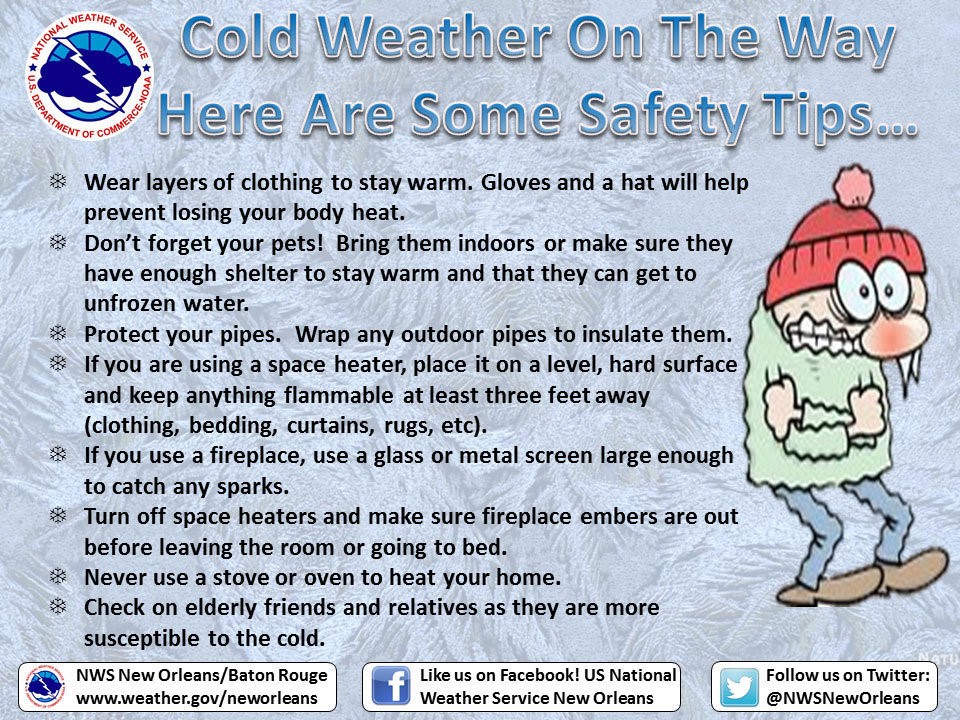
Date: 01/04/2024
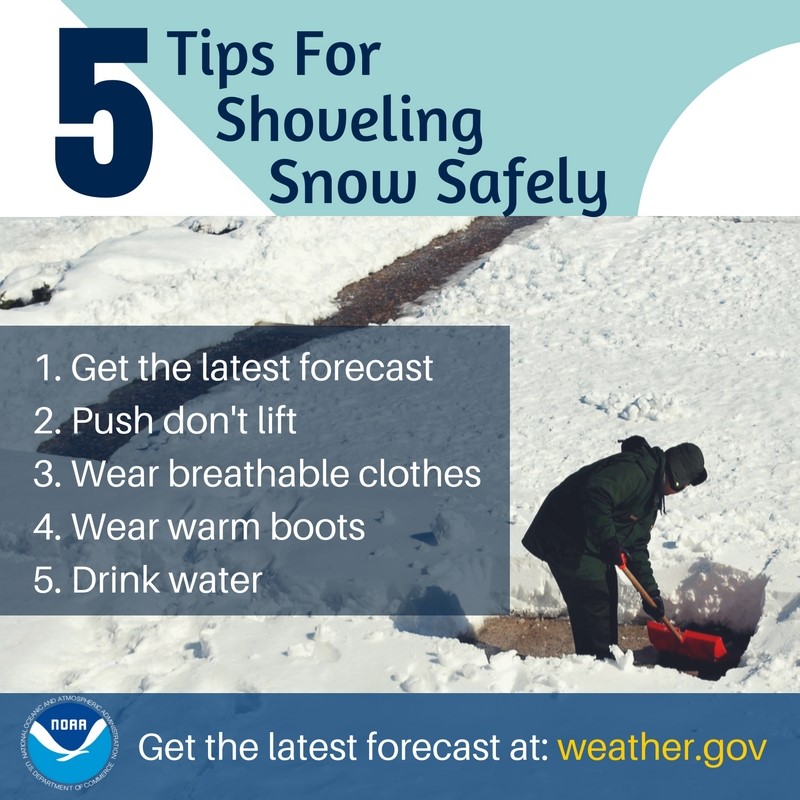
Tips before you begin:
- Dress appropriately. Light layered, water-repellent clothing provides both ventilation and insulation. Wear appropriate head covering and thick, warm socks. Choose gloves or mittens that will keep your hands warm, dry, and blister-free. Avoid falls by wearing shoes or boots that have slip-resistant soles.
- Start early. Try to clear snow early and often to avoid moving heavy, packed snow.
- Make sure you can see. Watch for ice patches and uneven surfaces. Do not let a hat or scarf block your vision. Be sure that you can fully see the area that you are clearing.
- Check with your doctor if you have any medical problems. Clearing snow places a great deal of stress on the heart, so if you have a medical condition or do not exercise regularly, talk with your doctor about the proper precautions. You may also want to consider hiring someone to remove the snow, rather than doing it yourself.
Tips for snow shoveling:
- Pace yourself. Snow shoveling and snow blowing are aerobic activities. Take frequent breaks and prevent dehydration by drinking plenty of fluids. If you experience chest pain, shortness of breath, or other signs of a heart attack, stop the activity and seek emergency care.
- Proper equipment. Use a shovel that is comfortable for your height and strength. Do not use a shovel that is too heavy or too long for you. Space your hands on the tool grip to increase your leverage.
- Proper lifting. Try to push the snow instead of lifting it. If you must lift, do it properly. Squat with your legs apart, knees bent, and back straight. Lift with your legs. Do not bend at the waist. Scoop small amounts of snow into the shovel and walk to where you want to dump it. Holding a shovelful of snow with your arms outstretched puts too much weight on your spine. Never remove large amounts of snow all at once – this is particularly important in the case of heavy, wet snow. Do it in steps, taking caution to not throw it over your shoulder or to the side. This requires a twisting motion that stresses your back.
Tips for snow blowing:
- Understand your machine. Read the instruction manual prior to using a snow blower. Be familiar with the specific safety hazards and unfamiliar features. Do not attempt to repair or maintain the snow blower without reading the instruction manual.
- Never stick your hands in the snow blower! If snow jams the snow blower, stop the engine and wait more than five seconds. Use a solid object to clear wet snow or debris from the chute. Beware of the recoil of the motor and blades after the machine has been turned off.
- Proper supervision. Do not leave the snow blower unattended when it is running. Shut off the engine if you must walk away from the machine.
- Safe fueling. Add fuel before starting the snow blower. Never add fuel when the engine is running or hot. Be sure to always fuel your snow blower outside rather than in a garage, shed, or enclosed area to avoid being overwhelmed by engine fumes. Never operate the machine in an enclosed area.
- Watch the snow blower cord. If you are operating an electric snow blower, be aware of where the power cord is at all times. If the cord becomes caught in the machine and is severed, or comes in contact with the engine and burns, you could receive a shock or become electrocuted.
- Be cautious of motor recoil. Beware of the brief recoil of motor and blades that occurs after the machine has been turned off.
Date: 12/29/2023
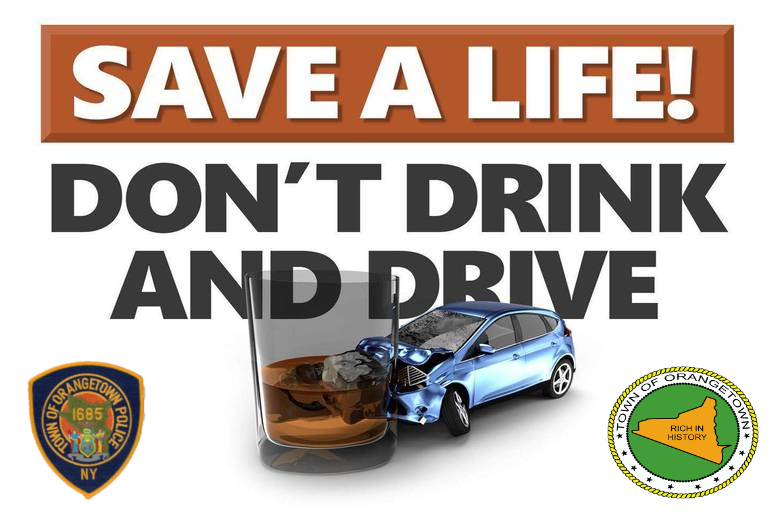
Have a plan to get home safe this New Year’s eve. Below are some thoughts on how to celebrate safely tonight and get home to thrive in 2024
Going out?
If you are headed out to a party, it’s important to be responsible and avoid drinking and driving. Not only do you risk your life, you risk the lives of those around you (or around your car).
Have a designated driver
Always a wise choice, have someone in your group stay sober. Make sure you pick someone who is responsible and can get everyone home safely.
Take a taxi
It may cost a bit more, but that’s nothing compared to the cost of a life, for what could equal the value of a human soul? If you’re feeling a little woozy or are afraid your judgment might be impaired, call a taxi and make sure you get home safely.
Stay over
If you aren’t confident in your driving skills–confident enough to bet your life on your ability to drive–then ask your friend if you can crash on his (or her) couch for the night.
Give your keys to the host
If you’re afraid you might get too drunk to drive safely, ask the party’s host if he (or she) can keep hold of your keys unless he (or she) believes you are sober enough to drive home.\
How much is too much?
Frequent drinkers believe they can “handle” their liquor. But, the truth is, most metabolisms need a full hour to properly digest a glass of alcohol. A standard “glass” is usually classified as 12 ounces of beer, 5 ounces of wine, or 1.5 ounces of distilled spirits. If you drink more than this in an hour, you should wait before getting behind the wheel.
DUI or DWI
A DUI (driving under the influence) or DWI (driving while intoxicated) can earn you jail time, a license suspension, and large fees. Driving while drunk could cause a collision, which may increase your insurance. It could also kill someone, which can result in vehicle-manslaughter charges, a second degree murder charge.
Driving drunk is not worth these risks. You may have the mentality that you won’t “get caught” driving drunk, but it’s not about getting caught. It’s about protecting your life, your passengers’ lives, and the lives of those sharing the road with you.
Date: 12/15/2023
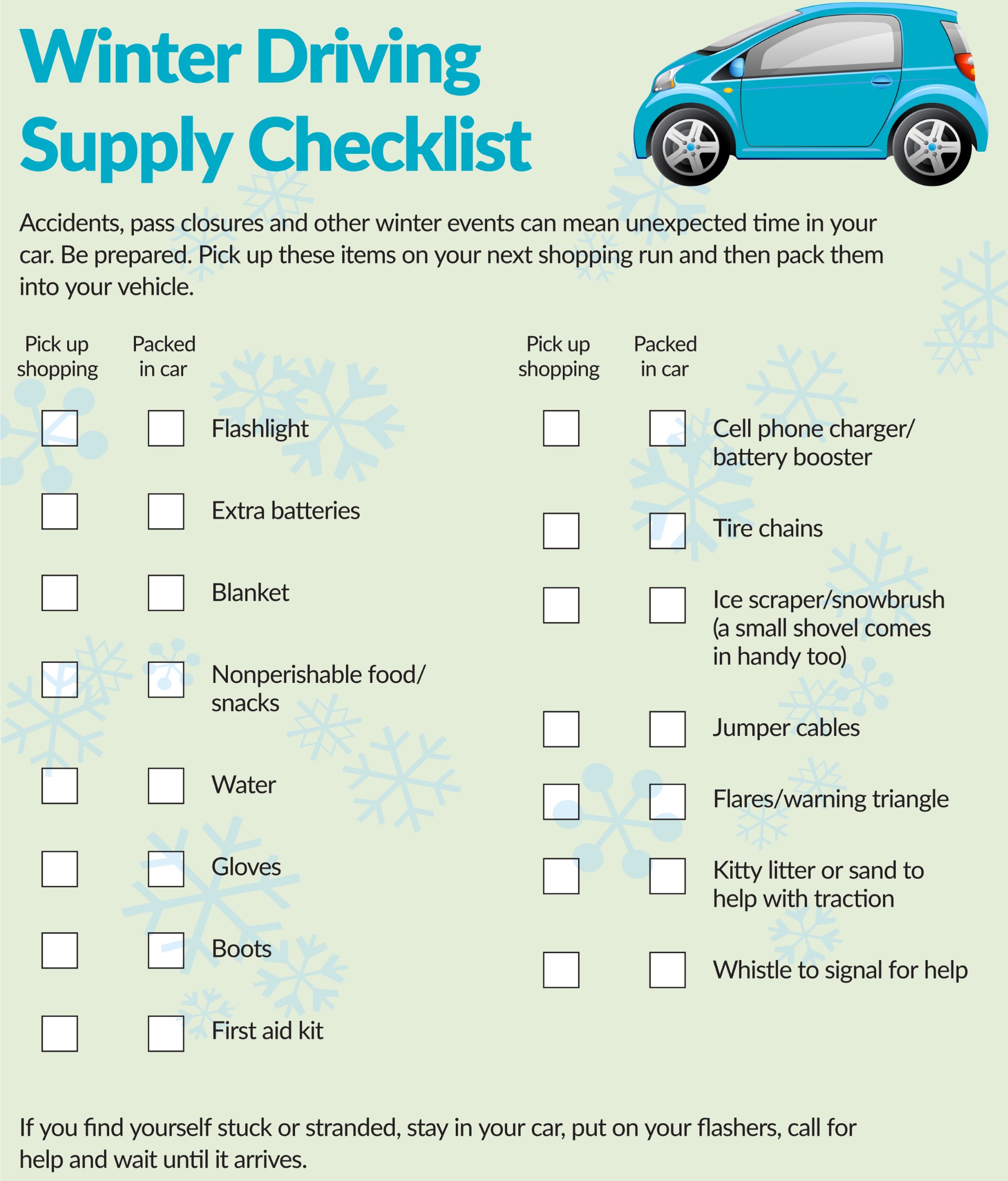
With the possibility of inclement weather and challenging driving conditions, we encourage everyone to be prepared for winter driving.
Winter Driving Supply Checklist:
Vehicle Maintenance:
- Ensure your vehicle is winter-ready with proper maintenance.
- Check tire tread and pressure regularly.
- Test your battery and replace it if needed.
- Keep your gas tank at least half-full.
Emergency Supplies:
- Pack a winter emergency kit, including blankets, extra clothing, and a first aid kit.
- Carry a flashlight with extra batteries.
- Keep non-perishable snacks and water in your vehicle.
Safety Gear:
- Have an ice scraper and snow brush on hand.
- Use winter windshield washer fluid.
- Maintain working windshield wipers.
Communication:
- Charge your mobile phone before traveling.
- Inform someone of your travel plans and expected arrival time.
Driving Tips:
- Reduce speed and increase following distance in slippery conditions.
- Use headlights, even during daylight hours.
- Be cautious on bridges and overpasses, as they freeze first.
Share this checklist with friends and family to promote safety awareness.
Remember, preparedness is key to a safe winter driving experience. By taking a few extra precautions, we can all contribute to a safer community.
Date: 12/05/2023
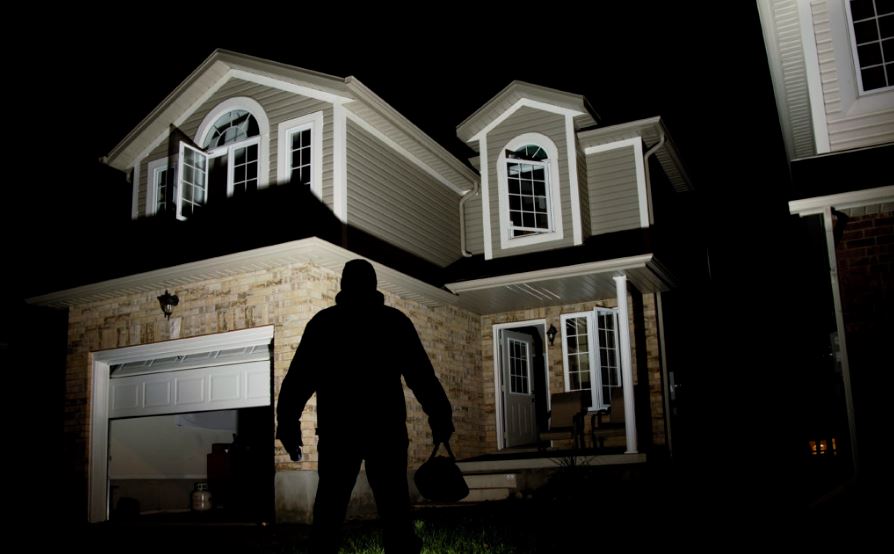
As the days grow shorter and darkness falls earlier, it’s important to be mindful of our surroundings and take steps to enhance the safety of our community.
Lock it Up:
- Ensure all doors and windows are securely locked, both at home and in your vehicles.
- Don’t forget to secure sheds, garages, and any other access points.
Illuminate Your Space:
- Well-lit areas deter criminal activity. Consider installing outdoor lighting around your property.
- Motion-activated lights can be an effective and energy-efficient choice.
Be Vigilant:
- If you notice anything unusual or suspicious in your neighborhood, please report it promptly.
- Trust your instincts. If something feels off, it’s worth checking out.
See Something, Say Something:
- Report any suspicious activity to Your Local Police Department’s Non-Emergency Number.
- For immediate police assistance call the Orangetown Police Department at 845-359-3700. In emergencies, you can always call 911.
Encourage your friends, family, and neighbors to follow these safety tips. Together, we can create a safer and more secure community.
Date: 11/27/2023
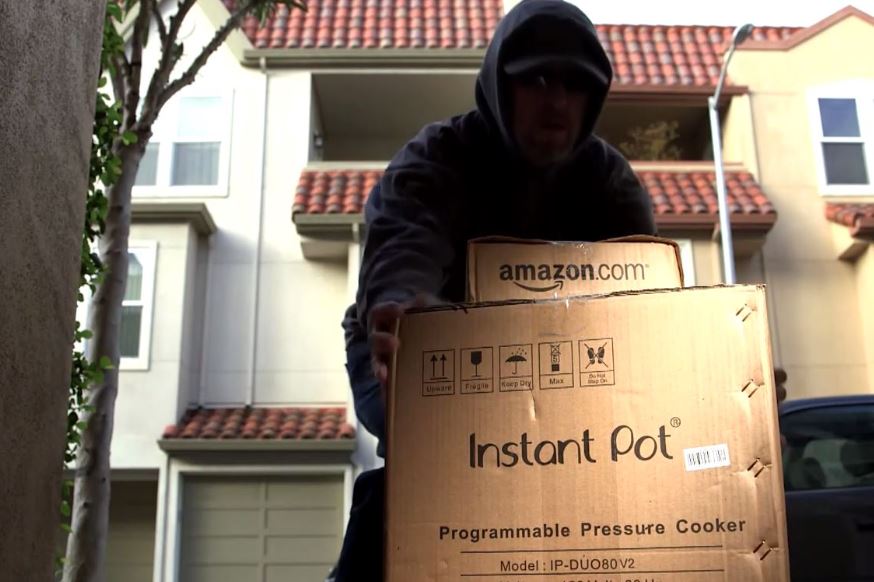
With the holidays fast approaching, The Orangetown Police Department wants to help empower you to safeguard your deliveries and keep our community secure. Here are some essential tips:
1. Delivery Alerts: Sign up for delivery notifications to stay informed about the arrival of your packages.
2. Secure Drop-off Locations: Opt for secure drop-off locations, like your workplace or a trusted neighbor’s house.
3. Embrace Technology: Invest in smart home devices, such as video doorbells, to monitor and deter potential thieves.
4. Be a Good Neighbor: Foster a sense of community by getting to know your neighbors. Offer to collect packages for each other.
5. Report Suspicious Activity: If you observe anything unusual, report it promptly to the local authorities. Your vigilance helps keep our neighborhood safe.
Spread the word and share these tips with your friends and family. Together, we can make a difference in preventing package theft and ensuring the security of our homes.
Date: 11/20/2023
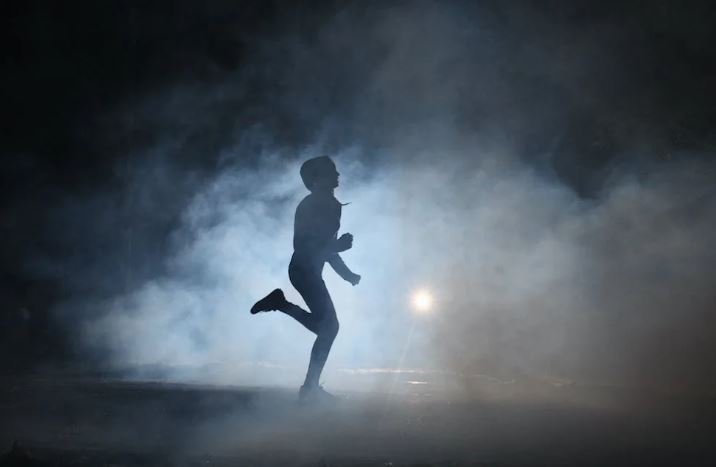
Stay Safe While Running when it is dark in the early morning or at Night
As the days get shorter it is crucial to prioritize safety while running. Here are some tips to ensure your runs remain enjoyable and secure:
Visibility is Key: Wear reflective clothing and accessories to enhance your visibility to drivers. Make yourself easy to spot.
Brighten Up: Use a headlamp or carry a flashlight to illuminate your path. Ensure you can see and be seen.
Stick to Well-Lit Routes: Plan your running route along well-lit streets and paths. Avoid secluded or poorly lit areas.
Tell Someone: Inform a friend or family member about your running plans and expected return time. Safety comes in sharing your whereabouts.
Stay Alert: Remove distractions like headphones to stay aware of your surroundings. Stay alert to potential hazards.
Buddy System: Whenever possible, run with a buddy. There’s safety in numbers, and it can make your run more enjoyable.
Obey Traffic Rules: If running near roads, always obey traffic signals and rules. Make eye contact with drivers to ensure they see you.
Carry Identification: Bring identification and a phone with you. In case of an emergency, you’ll be prepared.
Share these tips with fellow runners and friends to promote safety in our community. Let’s make sure everyone can enjoy their evening runs without any worries.
Date: 11/17/2023

WET LEAVES DRIVING HAZARD
Wet leaves on the roadway can be as slippery as ice. They also can obscure traffic lines and other pavement markings, making driving in unfamiliar areas particularly difficult. Motorists should slow down and use extra caution on leaf-covered roadways.
Date: 10/13/2023
Date: 09/08/2023

For Immediate Release: 09/07/23
Contact: Office of Media Relations and Communications | (518) 471-5300 | public.info@thruway.ny.gov
TRAVEL ALERT: SOUTHBOUND THRUWAY (I-87/I-287) IN ROCKLAND COUNTY TO FULLY CLOSE EARLY SATURDAY MORNING, SEPT. 9,
FOR AT LEAST 16 HOURS TO FACILITATE EMERGENCY BRIDGE REPAIRS
Closure is Required to Safely Remove a Badly Damaged Portion of South Broadway Overpass
All Southbound Lanes South of Exit 12 To Exit 9 Will Be Closed Starting after 12:01 AM Saturday Until Saturday Evening
Motorists Should Avoid the Area Starting Friday Night and Take Alternate Routes
Southbound Traffic To Be Diverted at Exit 12 in West Nyack; Northbound Lanes To Remain Open Throughout
The New York State Thruway Authority today announced that the southbound lanes of the Thruway (I-87/I-287) from exit 12 in West Nyack to exit 9 in Tarrytown, including the Governor Mario M. Cuomo Bridge (GMMCB) in Rockland County will fully shut down to traffic early Saturday morning to safely remove a severely damaged portion of the South Broadway overpass in South Nyack, which was struck by an over height tractor trailer on August 31.
The overpass is currently closed to vehicle traffic. Following multiple inspections this week, Thruway and consulting engineers determined that two damaged girders should be removed and other work completed to stabilize the overpass.
All southbound lanes south of exit 12 (West Nyack – NY Route 303 – Palisades Center Drive) and over the GMMCB will be closed after 12:01 a.m. Saturday, Sept. 9, and are not expected to fully reopen until later that afternoon or early evening depending on the operation.
Motorists are strongly advised to avoid the area beginning Friday night and take alternate routes on Saturday.
The southbound lanes will reopen after Thruway engineers determine the overpass is safe.
Variable Message Signs on the Thruway and surrounding highways are advising motorists to avoid the area.
Here’s what motorists and residents should expect starting Friday night:
- At 8 p.m. Friday, one southbound lane near exit 10 (Nyack – South Nyack – US Route 9W) will be closed, leaving three travel lanes.
- At 11 p.m. Friday, three southbound lanes near exit 10 will be closed, leaving only one travel lane open. Traffic delays will be significant.
- After 11 p.m. Friday, the entrance ramps to the southbound Thruway at exits 10, 11 (Nyack), 12 and 13 (Palisades Interstate Parkway) will begin to close.
- After 12:01 a.m. Saturday, all southbound lanes will be closed and all traffic will be diverted to exit 12 in West Nyack.
- All day Saturday – work will continue on the overpass and highway below followed by the cleanup.
- Travel lanes will open as soon as safely possible.
Travel lanes in the northbound direction will remain open throughout the work; the northbound left lane near the work zone will be closed.
The Authority is working with state, county and local authorities on this operation, which will take place rain or shine.
###
Date: 09/08/2023
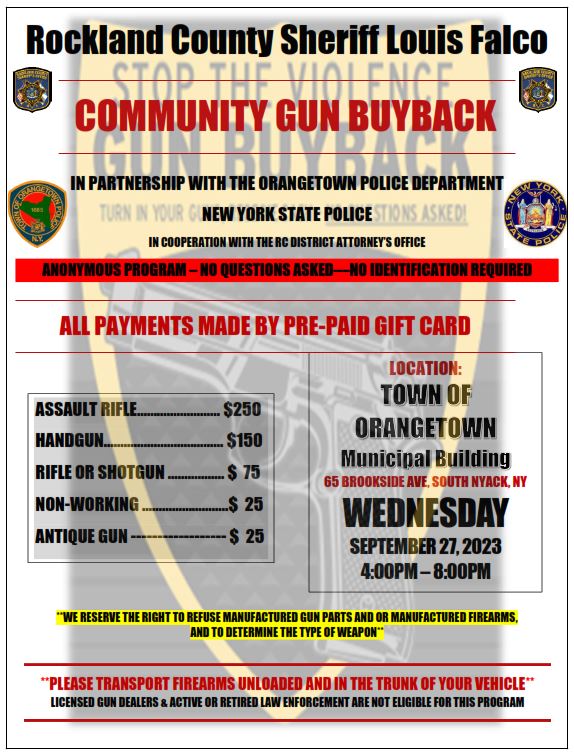
Date: 09/01/2023
Drive Sober or Get Pulled Over
One person is killed about every 39 minutes in a drunk-driving crash, totaling more than 13,000 lives lost each year. In 2021, two-thirds of drunk-driving crashes involved a driver who had a Blood Alcohol Concentration (BAS) of .15 g/dl or higher. A BAC of .08 or higher is considered drunk driving in all 50 states, the District of Columbia and Puerto Rico.
During the Labor Day holiday period, the National Highway Traffic Safety Administration (NHTSA) typically see an increase in drunk-driving deaths – and that’s why you’ll likely see more law enforcement on the roads. Drive Sober or Get Pulled Over, which runs from August 16 through September 4, aims to educate people about the danger and consequences of driving drunk.
Make sure to have a plan whether you are driving, riding or hosting:
- Before drinking, plan a safe and sober ride home
- Don’t let someone get behind the wheel if they have been drinking
- If you are hosting a gathering, make sure all your guest have a sober ride home
- If you see an impaired driver, call 911. And always wear your seat belt – it is your best defense against impaired drivers.
Arrive Alive, Don’t Drink and Drive!
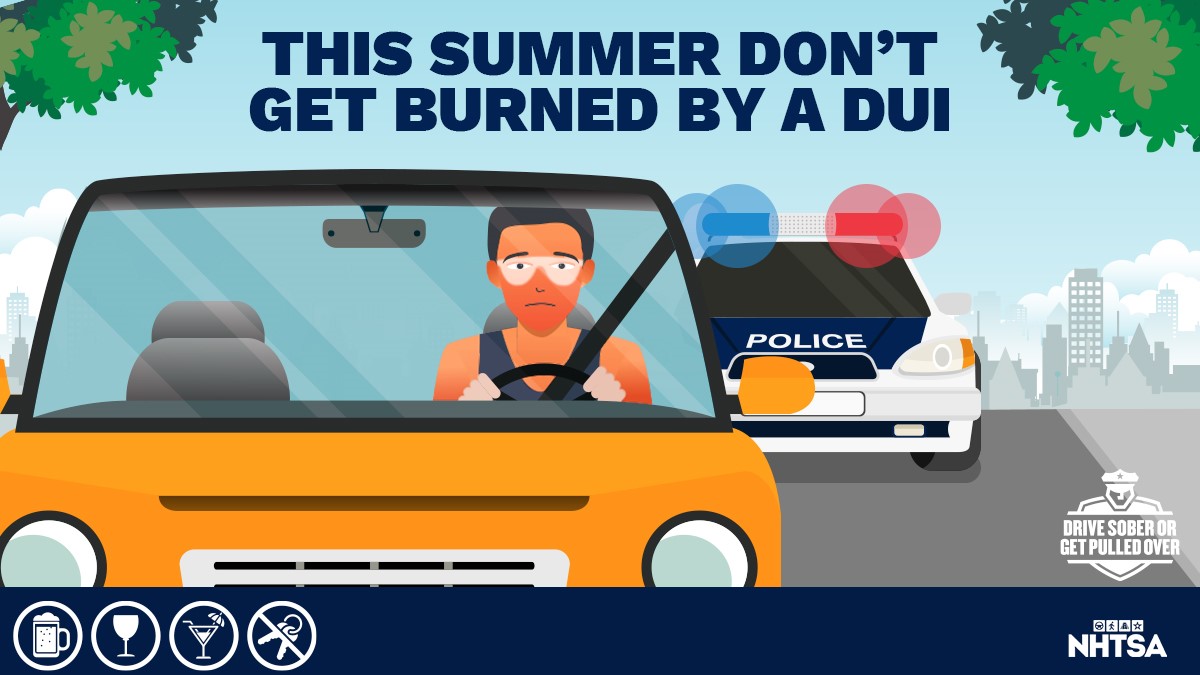
Date: 08/25/2023
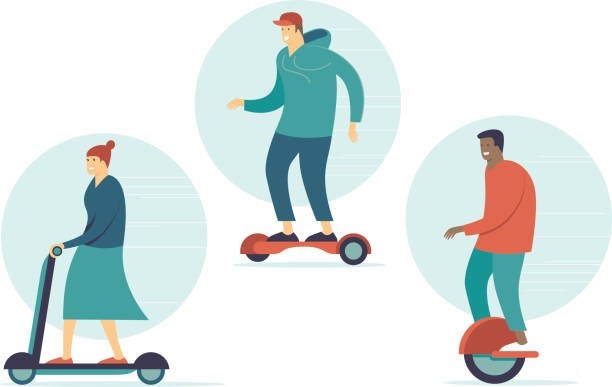
Stay Safe with Your Personal Electronic Vehicles! Whether it’s an electric scooter, a hoverboard, or an electric skateboard, here are some crucial tips to keep you riding smoothly and safely:
Wear Your Helmet: A helmet is your best friend when it comes to preventing head injuries. Safety first, always.
Check Your Gear: Before you roll out, give your PEV a quick once-over. Make sure your brakes, lights, and tires are all in good working condition.
Follow Traffic Rules: Yep, even on your PEV, you’re part of traffic. Obey traffic signals, stop signs, and yield to pedestrians. Safety and courtesy go hand in hand.
Stay Visible: If you’re riding at night, make sure you’re visible to drivers. Reflective clothing, lights, and reflectors on your PEV can make a huge difference.
Keep Both Hands on the Bars: Save the multitasking for later. Keeping both hands on the handlebars gives you better control and reaction time.
Avoid Distractions: Texting and riding? Not a good combo. Keep your focus on the road and surroundings.
Respect Pedestrian Space: Sidewalks are for pedestrians. If you’re riding there, give them the right of way and maintain a safe speed.
Mind Your Speed: Speeding might feel exhilarating, but it can be dangerous. Stick to safe speeds for your surroundings.
Charge Responsibly: Regularly charge your PEV batteries, and don’t leave them plugged in unattended. Overcharging can lead to safety hazards.
Park Wisely: Be considerate when parking your PEV. Don’t block walkways or accessibility ramps.
By following these guidelines, you’re not just protecting yourself, but also your fellow riders and pedestrians.
Date: 08/18/2023
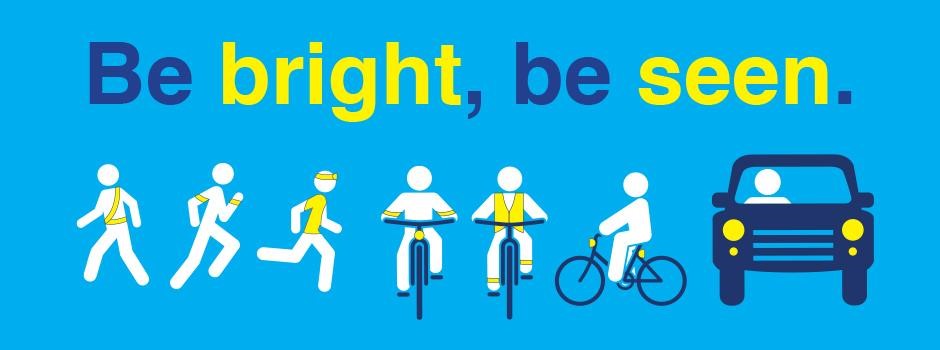
With shorter daylight hours happening from now through December, please make sure to wear high visibility clothing so you can been seen by approaching traffic. Better to arrive alive than dead on time.
Date: 08/11/2023

Speeding vehicles can pose serious risks to pedestrians, cyclists, and other drivers, putting lives in danger. Let’s work together to make our streets safer for everyone.
SLOW IT DOWN: Obey the speed limits and drive at a safe and reasonable pace. Speeding reduces reaction time, making it difficult to avoid accidents.
THINK OF OTHERS: Keep in mind that our streets are shared spaces, and others might be more vulnerable, especially children, and pets. Show kindness and respect to fellow community members.
PROTECT CYCLISTS: Give bicyclists especially the young ones plenty of space and pass them safely. Their safety matters too.
STAY ALERT: Avoid distractions while driving, such as texting or using your phone. Stay focused on the road to be aware of your surroundings.
Together, we can make a significant impact and ensure the well-being of everyone in our community. Let’s drive responsibly, respect one another, and create a safer environment for all.
Date: 08/02/2023
Tappan Zee Bridge Shines Purple in Memory of Orangetown PD PO’s Reedy and Kennedy

Date: 07/30/2023
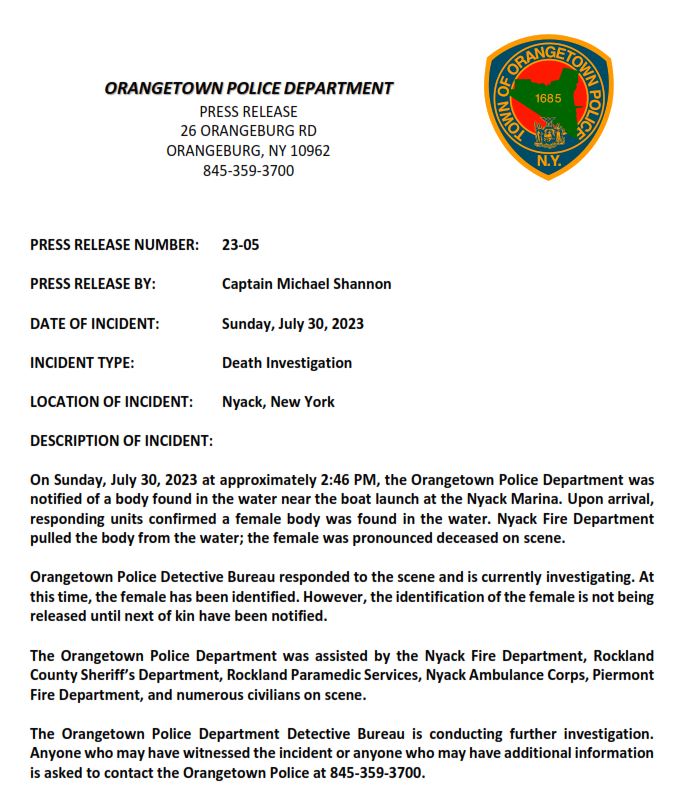
Date: 07/28/2023
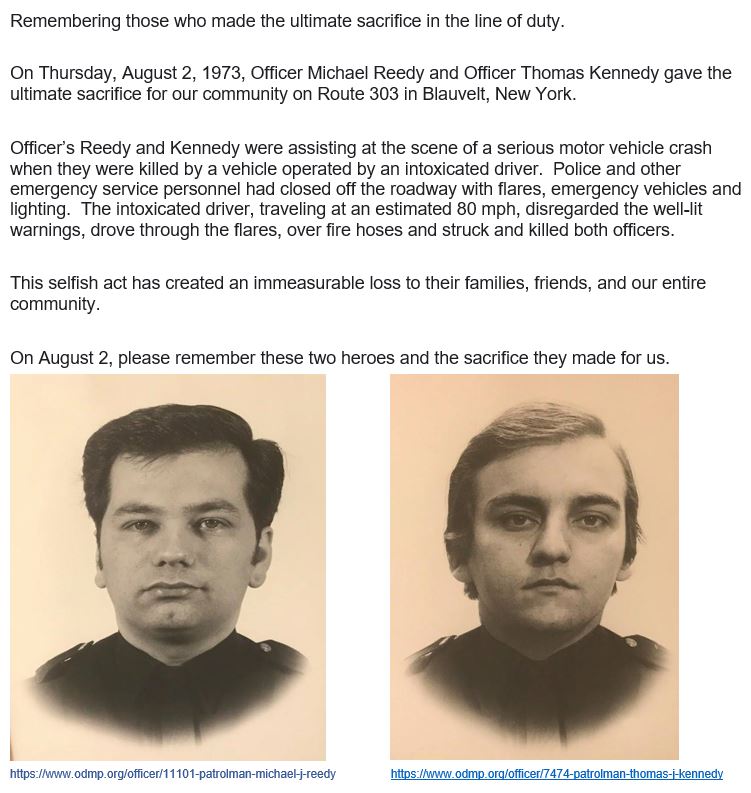
Date: 07/21/2023
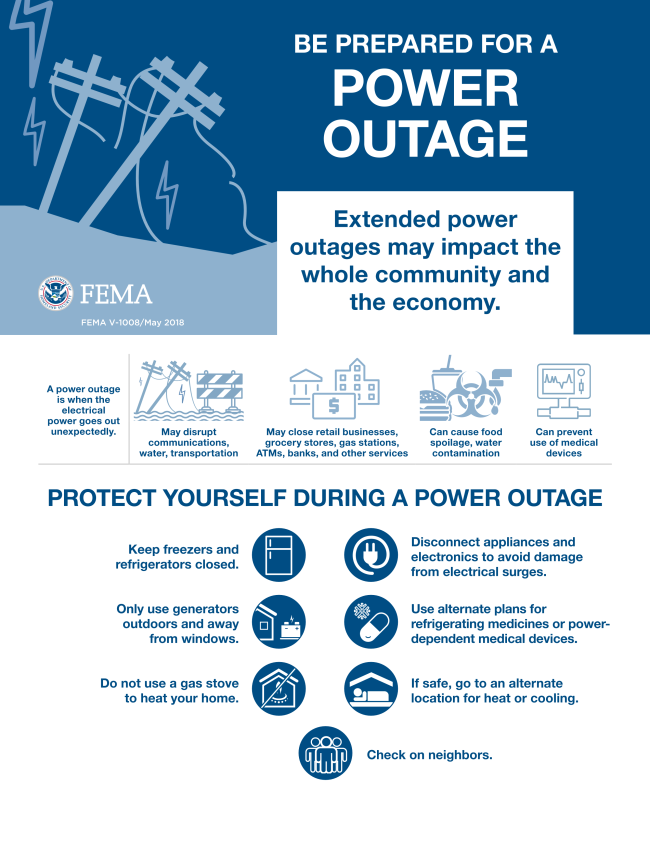
Date: 07/19/2023
The Orangetown Police remind our residents that even outside temperatures in the 80’s can produce
inside vehicle temperatures that are dangerous to our most vulnerable.
Please remember to check the backseat of your car before you lock it and walk away.

Date: 07/18/2023

Rockland County Man Charged With Distributing Fentanyl That Resulted In Six Overdoses, Including Multiple Deaths
Wednesday, July 12, 2023
Share
For Immediate Release
U.S. Attorney’s Office, Southern District of New York
Damian Williams, the United States Attorney for the Southern District of New York, Frank A. Tarentino III, the Special Agent in Charge of the New York Division of the Drug Enforcement Administration (“DEA”), and Tom Walsh, the Rockland County District Attorney, announced today an Indictment charging JUSTIN TURNICK with distributing fentanyl that resulted in death or serious bodily injury to five victims between February 2020 and April 2022 in Rockland County, New York. TURNICK was arrested on these charges this morning and will be presented before U.S. Magistrate Judge Victoria Reznik this afternoon.
U.S. Attorney Damian Williams said: “Fentanyl is one of the foremost crises the United States faces today, as the leading cause of death for Americans ages 18 to 49. The fentanyl epidemic is lethally perpetuated by, among others, dealers like Justin Turnick who allegedly knowingly sell a drug that can be fatal to their customers. As alleged, Justin Turnick was well aware of the dangers of the poison he peddled as he had witnessed three of his victims overdose before his own eyes, but he continued to distribute the drug anyway. Turnick’s arrest re-emphasizes our efforts to prosecute and dismantle the entirety of the fentanyl supply chain and to take this poison off the streets of our communities.”
DEA Special Agent in Charge Frank A. Tarentino III said: “The DEA renamed overdoses to poisonings for one simple reason – drug traffickers are intentionally lacing all drugs with fentanyl, making today’s street drugs more lethal than ever. Fentanyl is responsible for killing more and more Americans at unprecedented rates. These six poisonings, including two deaths, allegedly linked to Turnick, underscore the devastation fentanyl traffickers have brought into our homes and exemplify law enforcement’s pursuit to bring those responsible to justice. I applaud the tireless work by our law enforcement partners, the U.S. Attorney’s Office for the Southern District of New York, and the DEA Westchester Resident Office Task Force.”
Rockland County District Attorney Tom Walsh said: “Today’s indictment is an example of local and federal agencies working together to stem the tide of fatal fentanyl overdose deaths. My office, working with the New York Field Office of the DEA, is investigating and arresting the fentanyl dealers who are devasting our community. Fentanyl is killing people from all walks of life, every demographic and every ethnicity. In 2021, Rockland County reported 70 overdose deaths. That number is completely unacceptable. I commend the hard work of the Rockland County District Attorney’s Drug Task Force, the DEA, and the prosecutors of the United States Attorney’s Office for the Southern District of New York.”
According to the allegations in the Indictment:[1]
At all times relevant to the Indictment, TURNICK engaged in the regular distribution of narcotics to members of his community in Rockland County, New York, including his friends, partners, and acquaintances. In particular, TURNICK knowingly distributed, among other narcotics, fentanyl — a deadly and highly potent opioid — in various forms, including fentanyl that had been packaged into pills, pure fentanyl, and fentanyl-laced powder.
TURNICK repeatedly distributed fentanyl despite knowing how dangerous the drug is. Between approximately February 2020 and April 2022, TURNICK’s fentanyl distribution was responsible for at least six overdoses, four of which TURNICK personally observed. The victims were between the ages of 19 and 24 at the time of their overdoses. Two victims died as a result of consuming fentanyl provided by TURNICK.
* * *
JUSTIN TURNICK, 25, of Congers, New York, is charged with two counts of narcotics distribution resulting in the deaths of Victim-1 and Victim-2, and four counts of narcotics distribution resulting in serious bodily injury to Victim-3, Victim-4 (who overdosed twice), and Victim-5. Each of these counts carries a mandatory minimum sentence of 20 years in prison and a maximum sentence of life in prison.
The minimum and maximum potential sentences in this case are prescribed by Congress and are provided here for informational purposes only, as any sentencing of the defendant will be determined by a judge.
Mr. Williams praised the outstanding work of the DEA’s Westchester Resident Office, the Clarkstown Police Department, and the Rockland County District Attorney’s Office. He also thanked the Ramapo Police Department, the Westchester County Police Department, the Yonkers Police Department, the Putnam County Sherriff’s Department, the Rockland County Sherriff’s Office, and the Orangetown Police Department for their support and assistance in this matter. Mr. Williams noted that the investigation is ongoing.
The case is being prosecuted by the Office’s White Plains Division. Assistant U.S. Attorneys Ryan W. Allison and Kathryn Wheelock are in charge of the prosecution.
The charges contained in the Indictment are merely accusations, and the defendant is presumed innocent unless and until proven guilty.
[1] As the introductory phrase signifies, the entirety of the text of the Indictment, and the description of the Indictment set forth herein, constitute only allegations, and every fact described should be treated as an allegation.
Contact
Nicholas Biase
(212) 637-2600
Updated July 12, 2023
Date: 07/14/2023
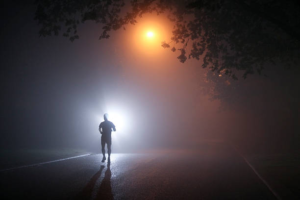
Run Safe, Be Seen!
It is essential to take precautions and ensure you’re visible while running when it is dark or there is low visibility. Here are some tips to help you stay safe and seen:
Wear Reflective Gear: Don’t blend into the darkness. Put on reflective clothing, armbands, or accessories to increase your visibility. Reflective materials catch the light and make you easily noticeable to drivers and pedestrians alike.
Light It Up: Carry a flashlight or wear a headlamp to illuminate your path and make yourself more visible to others. Opt for lights with a steady beam or flashing mode to grab attention.
Obey Traffic Rules: Always follow traffic signals and use designated pedestrian crossings. Be cautious when crossing roads and make eye contact with drivers to ensure they see you before proceeding.
Run Against Traffic: When there’s no sidewalk, run on the side of the road facing oncoming traffic. This way, you can see vehicles approaching and react accordingly.
Mind Your Footing: Watch out for uneven surfaces, potholes, or obstacles on your running route. Keep an eye out for tripping hazards, especially in low-light conditions. Stay vigilant and adjust your pace accordingly to avoid any accidents.
Choose Well-Lit Routes: Plan your running route in well-lit areas with streetlights or popular jogging paths. Avoid dimly lit or secluded areas, as they can pose a higher risk.
Stay Alert: Keep your headphones at a low volume or consider leaving them behind. Being aware of your surroundings is crucial to detect potential hazards and respond swiftly.
Buddy Up: Running with a friend or in a group adds an extra layer of safety. Not only does it make you more visible, but it also provides support and helps deter potential threats.
If running alone share Your Route: Let someone know your intended running route and estimated time of return. This precaution ensures that someone is aware of your whereabouts in case of an emergency.
Trust Your Instincts: Listen to your intuition. If something feels off or if you sense potential danger, alter your route or find a well-populated area. Your safety should always be your top priority.
Carry Identification: Keep your identification and emergency contact information with you in case of any unforeseen circumstances.
If you encounter any suspicious activity or feel unsafe while running, don’t hesitate to contact the police immediately.
Spread the word to your fellow runners and help us promote safety in our community. Let’s make sure everyone stays visible and runs with confidence, day or night!
Date: 07/07/2023

We are here to inform and help protect you from falling victim to home improvement scams.
Home improvement scams involve individuals or groups claiming to offer home improvement services at unbelievably low prices. Some of the typical scams employed are going door to door offering discounted driveway sealing, offering free inspections of your home or property, or offering “repairs” that the scammers just happened to notice. Scammers often approach homeowners unsolicited, promising high-quality work using premium materials for prices too good to be true. These scammers may tell you they have extra materials left over from a previous job, and that they need the money up front. The scammers may tell you that you need to get the work permit, or even tell you they do not need a permit at all to complete the work offered. These scammers employ deceptive practices, such as diluting or using substandard products, or leaving you with a shoddy job that quickly deteriorates, or leaving you with incomplete work having taken your hard-earned money.
How can you protect yourself?
Be vigilant: Be wary of unsolicited offers and high-pressure tactics. Legitimate contractors typically don’t engage in door-to-door sales or demand immediate decisions.
Verify credentials: Always ask for identification and proper licensing from individuals claiming to be contractors. Genuine professionals will gladly provide you with their credentials.
Research and gather multiple quotes: Don’t rush into making a decision. Obtain estimates from multiple reputable companies and compare their offers before committing.
Seek recommendations: Reach out to your neighbors, friends, and family for recommendations on trusted contractors who have provided satisfactory services in the past.
Check references and reviews: Take the time to investigate the reputation of any contractor you consider hiring. Read online reviews and contact references to ensure they have a history of reliable work.
Get everything in writing: Request a detailed written contract that includes the scope of work, materials used, start and completion dates, and payment terms. Never rely on verbal agreements alone.
If you suspect that you have been targeted by contractor scammers or have any information about such fraudulent activities, please report it to our local authorities immediately. Your cooperation is crucial in combating these crimes and protecting our community.
Let’s stand together against scams and keep our community safe. Spread the word to your family, friends, and neighbors. Together, we can work to help prevent out community from falling victim to home improvement scams.
Date: 07/03/2023
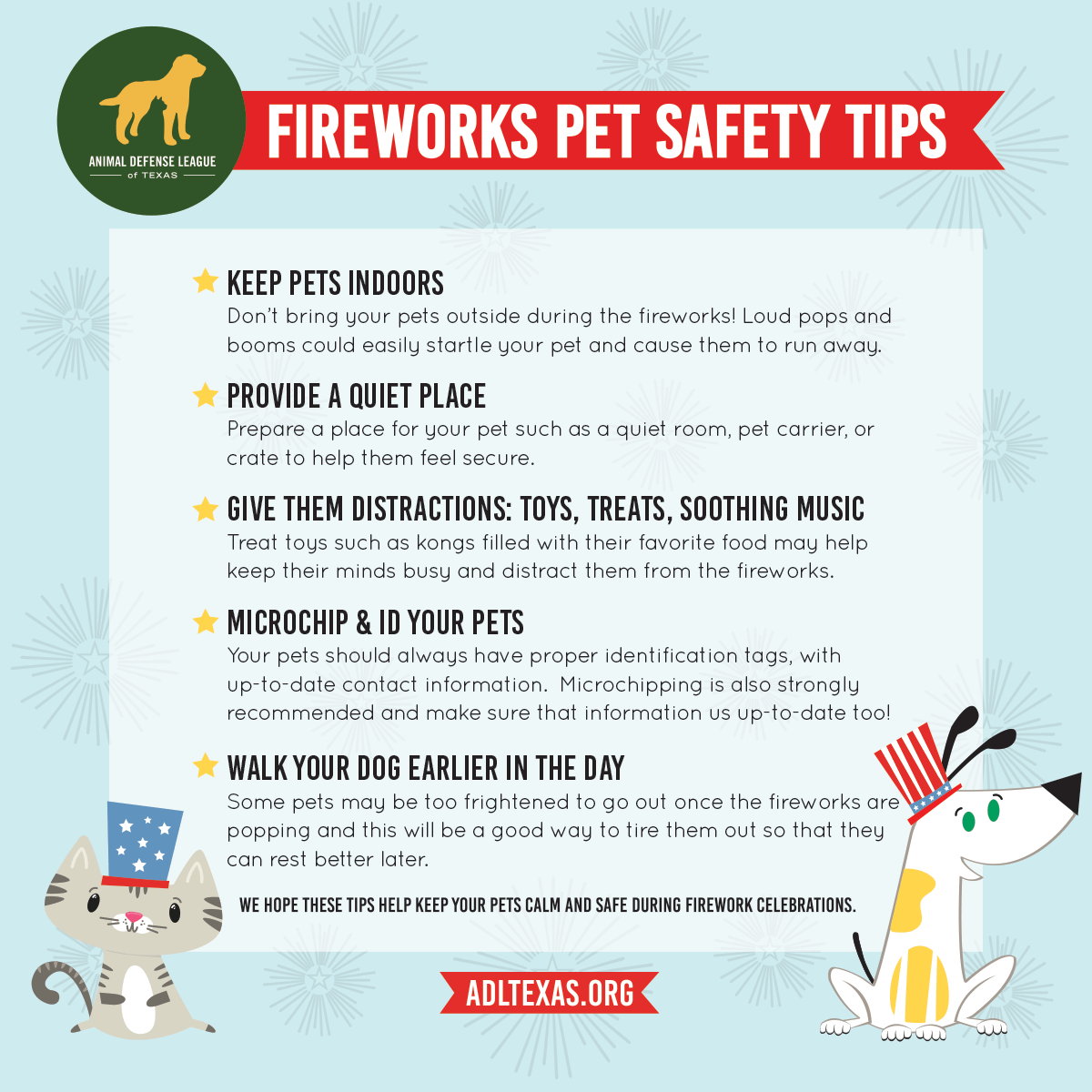
While you are out with your friends, family, and loved ones enjoying and celebrating our nations independence, remember we all have a responsibility to keep our communities safe.
If you see something, say something. If in Town of Orangetown or Village of Nyack call 845-359-3700 for the Orangetown Police Department or Dial 911 immediately.
If you see
• Unusual items or situations: A vehicle is parked in an odd location, a package/luggage is unattended, a window/door is open that is usually closed, or other out-of-the-ordinary situations occur.
• Eliciting information: A person questions individuals at a level beyond curiosity about a building’s purpose, operations, security procedures and/or personnel, shift changes, etc.
• Observation/surveillance: Someone pays unusual attention to facilities or buildings beyond a casual or professional interest. This includes extended loitering without explanation (particularly in concealed locations); unusual, repeated, and/or prolonged observation of a building (e.g., with binoculars or video camera); taking notes or measurements; counting paces; sketching floor plans, etc.
Some of these activities could be innocent—it’s important to consider the context of the situation. It’s then up to law enforcement to determine whether the behavior warrants investigation.
Working in partnership together we can help keep our community safe.
https://www.dhs.gov/see-something-say-something/what-suspicious-activity

Date: 06/30/2023: Western Highway Fire Press Release
PRESS RELEASE NUMBER: 23-04
PRESS RELEASE BY: Sgt. Nicholas Whalen
DATE OF INCIDENT: 06/28/2023
INCIDENT TYPE: Residential Structure Fire
LOCATION OF INCIDENT: Blauvelt, New York
DESCRIPTION OF INCIDENT:
On Wednesday, June 28, 2023 at approximately 8:25PM, the Orangetown Police Department responded to a report of a shed fire at 720 Western Highway in Blauvelt, NY.
Upon arrival Officers reported that an unoccupied 2 story residential building on the property was fully engulfed in flames, which was relayed to the responding units of the Blauvelt Fire Department.
The Blauvelt Fire Department was assisted at the scene by the Orangeburg, Sparkill, Nyack, West Nyack and Central Nyack Fire Departments.
The South Orangetown Ambulance Corps, Rockland County Paramedics, Orangetown Bureau of Fire Prevention and Orangetown Building Inspector assisted at the scene.
Orangetown Police Detectives as well as the Rockland County Sherriff’s BCI Arson Unit responded and are conducting an investigation in an attempt to determine the cause of the fire. The fire does not appear to be suspicious in nature.
The residence suffered severe damage from the fire. No injuries were reported at the scene.
Date: 06/26/2023: Don’t be lured away. Stay vigilant and protect your belongings from distraction thefts.
We want to bring your attention an increase in distraction thefts targeting unsuspecting individuals throughout the region, including our community. These thefts may occur as an individual working alone or working as a member of a team. These thieves use distraction as their tool as opposed to physically accosting their victim. These cunning thieves will stop at nothing to distract you while they make off with your valuables. Here are crucial tips to help you avoid becoming a victim:
Stay cautious: Trust your instincts and remain alert when approached by strangers. Be aware of your surroundings and be mindful of anyone trying to engage you in conversation or divert your attention.
Stay in control: Be cautious of distractions like sudden emergencies or individuals claiming you have a problem with your vehicle. Be wary of the helpful individual who has found a marking on your bumper and wants to help you clean it up. Thieves may use these tactics to lure you away while an accomplice steals from your car. Trust your instincts and stay with your vehicle until help arrives.
Lock your doors: Always lock your vehicle doors, even when you’re inside. This simple step can deter thieves from attempting to enter your vehicle or snatch your belongings.
Keep windows closed: Avoid leaving your windows partially open, as it can provide easy access for thieves. Keep them fully closed and secure at all times.
Secure your valuables: Store your valuable items out of sight or take them with you when you exit your vehicle. Purses, wallets, electronics, and other desirable items should never be left in plain view.
Park wisely: Choose well-lit, populated areas to park your car, especially during nighttime. Thieves are less likely to strike in areas with increased visibility and foot traffic.
Report suspicious activity: If you notice any suspicious behavior or believe you have been a victim of a distraction theft, contact the police immediately. Your prompt report can help us identify patterns and apprehend the culprits.
Please help to spread the word and help protect others from falling prey to distraction thefts. Share these tips with your friends, family, and colleagues to raise awareness and ensure everyone stays safe.
Together, we can work to outsmart the thieves and keep our community secure. Stay vigilant and keep your belongings safeguarded.
Date: 06/23/2023: Schools out for summer, and we want to ensure a safe and enjoyable break for all our children. Here are some important safety reminders from the Orangetown Police Department.
Drivers, be extra vigilant on the roads. Watch for children playing, riding bikes, or walking near streets. Observe speed limits, and always scan your surroundings for young pedestrians.
Summer means pool time. Parents and guardians, keep a close eye on children while they swim. Always have a responsible adult present and enforce water safety rules. Let’s make sure fun in the water stays safe and worry-free for everyone.
Home safety matters. Secure hazardous materials, like cleaning products and medications, out of children’s reach. Maintain a safe environment both inside and outside your home to prevent accidents.
Educate your children about stranger danger and personal boundaries. Encourage open communication, teaching them to recognize and respond to potentially dangerous situations. Empowering them with knowledge is a vital step in their safety.
Together, we can work to create a secure environment. Stay safe, look out for one another, and have a wonderful summer!

Date: 06/16/2023: Pools are starting to open up with the warmer weather. Below are some steps provided by poolsafely.gov to keep us safe around water.
You can use pools more safely by adopting the extra safety steps listed below:
-Make sure kids learn to swim
-Properly fence all pools
-Always watch kids in and around the water even if a lifeguard is present
-Stay away from drains
-Know life-saving skills such as CPR
Date: 06/08/2023: There has been a rise in the theft of catalytic converters throughout the country. Catalytic converters can be cut out of and removed from certain vehicle within less than a minute.
Your cars Catalytic converter contain platinum, rhodium, and / or palladium. These metals are expensive, and thieves sell the stolen catalytic converters to salvage yards. It can cost you up to $3000 to install and replace a catalytic converter.
If your catalytic converter is missing, you’ll notice a loud rumbling or roaring sound as soon as you turn on the engine. The catalytic converter is a round canister that connects two pieces of piping of your cars exhaust. You will see a gap in the middle of your exhaust if the converter is missing, and you will likely see signs that the piping has been cut. Call the police right away.
Thieves focus on easy targets for catalytic converter thefts. There are a few simple steps that will help make your vehicle a less likely target.
- Park in well-illuminated areas when possible.
- If you have a personal garage, keep your car in the garage with the door closed when the vehicle is not in use.
- When parking in a public lot, park close to a building entrance or the nearest access road. There is an increased amount of pedestrian traffic in these areas.
- If your car has a security system, ensure the sensitivity is high. This ensures that the alarm will activate if a thief tries to cut off your converter.
- Installing video surveillance or motion sensor lighting around your garage or driveway is also helpful.
While prevention is not complete protection, it may cause a thief to reconsider committing a crime.
Be aware of your surroundings and what is happening in your neighborhood. Call 911 if you see or hear anything suspicious.



